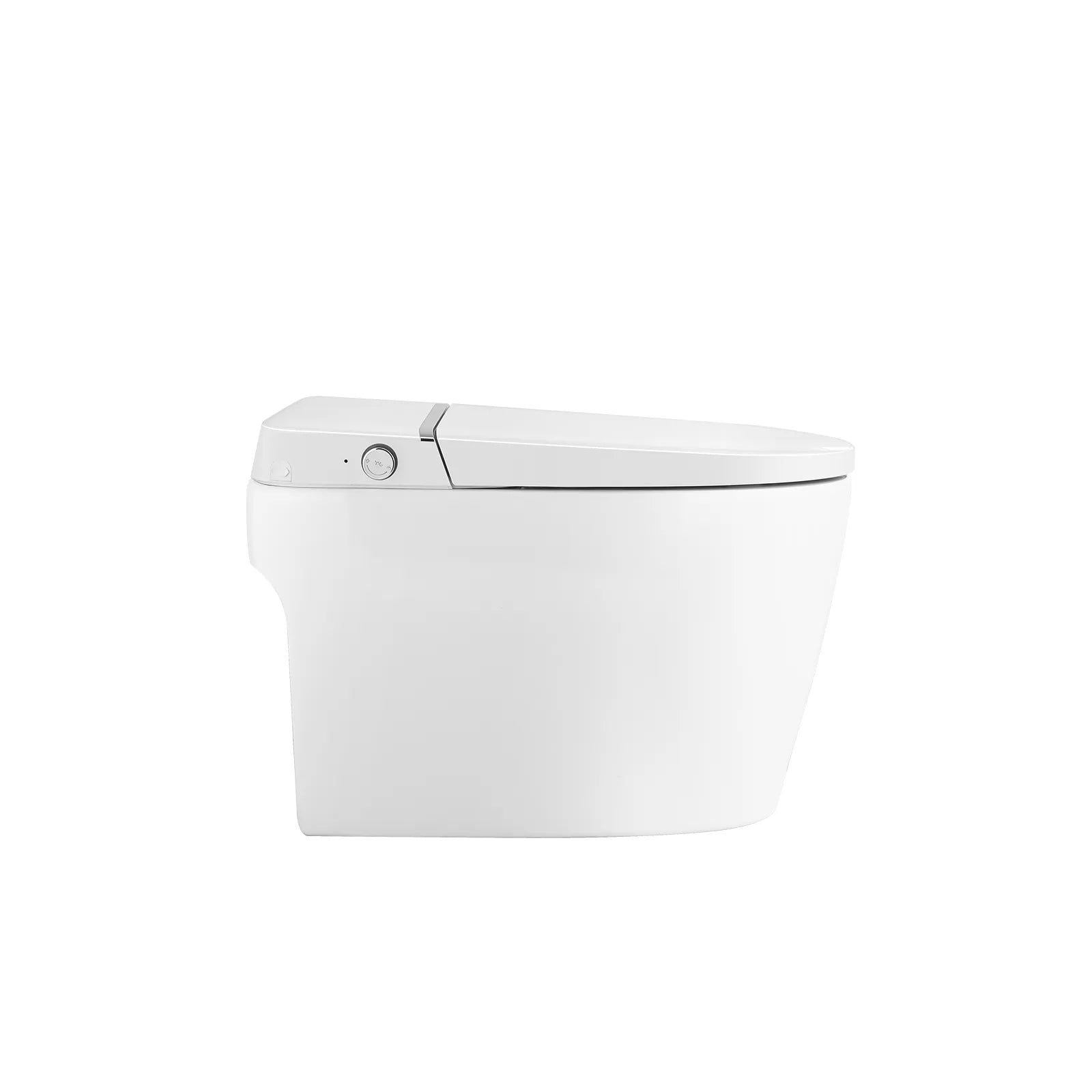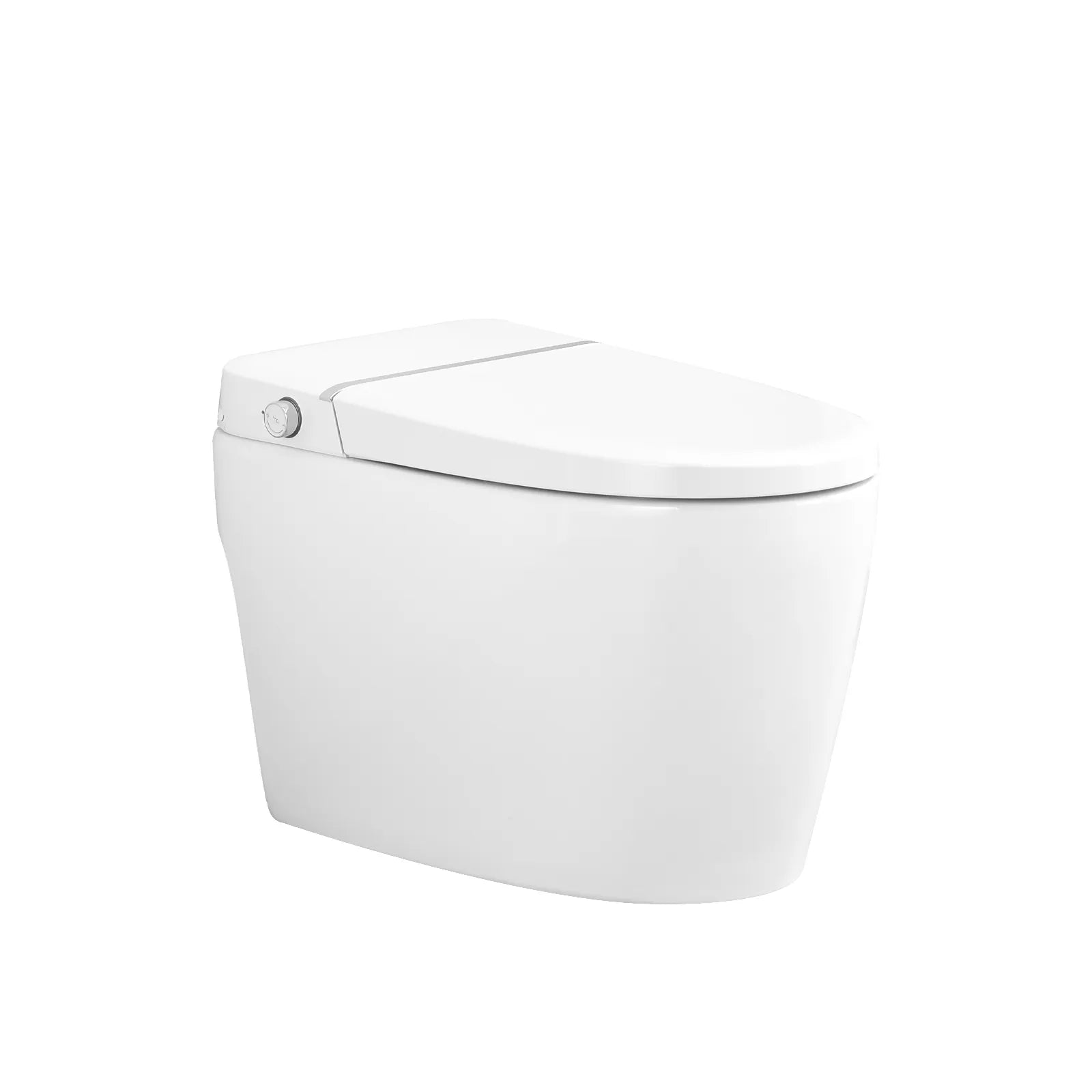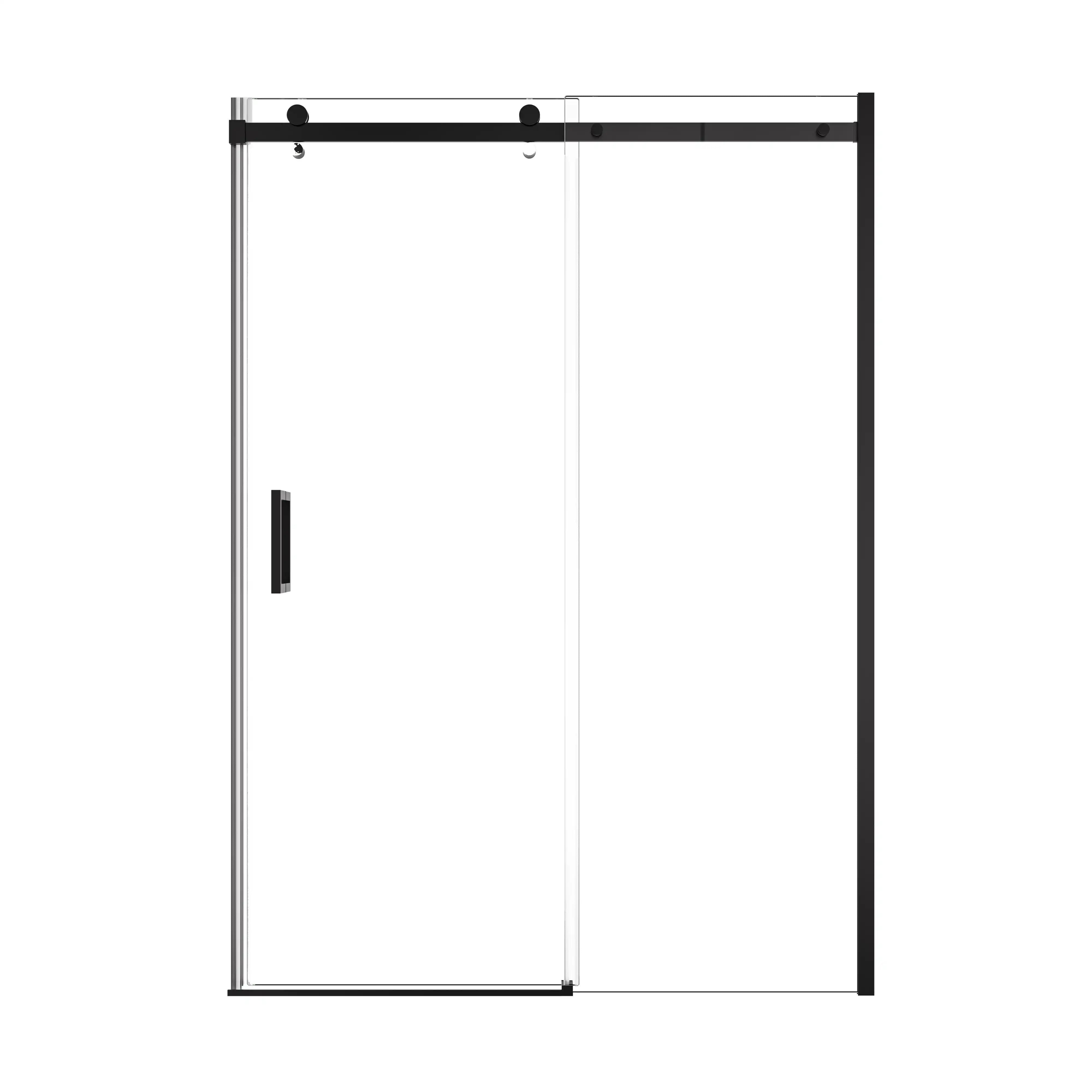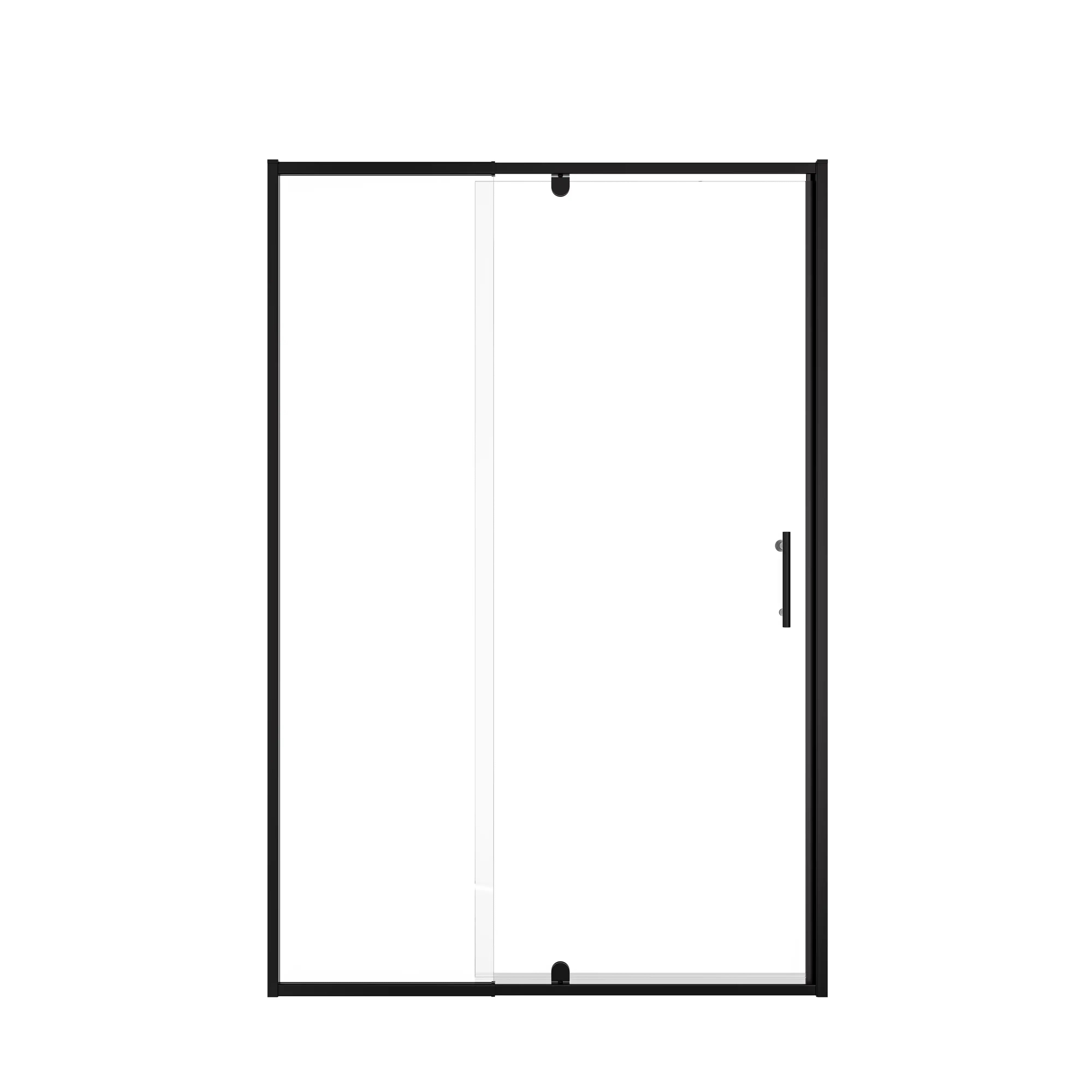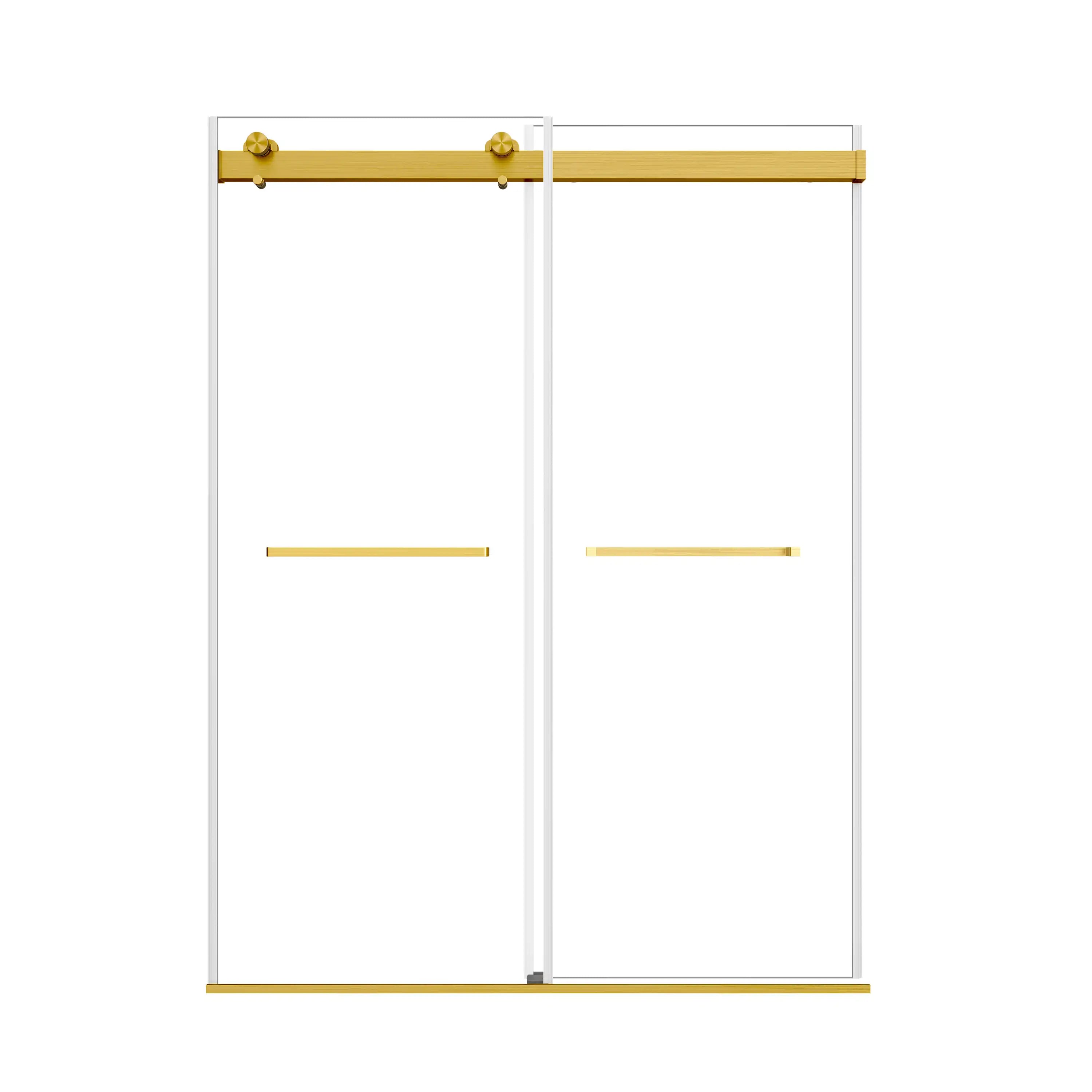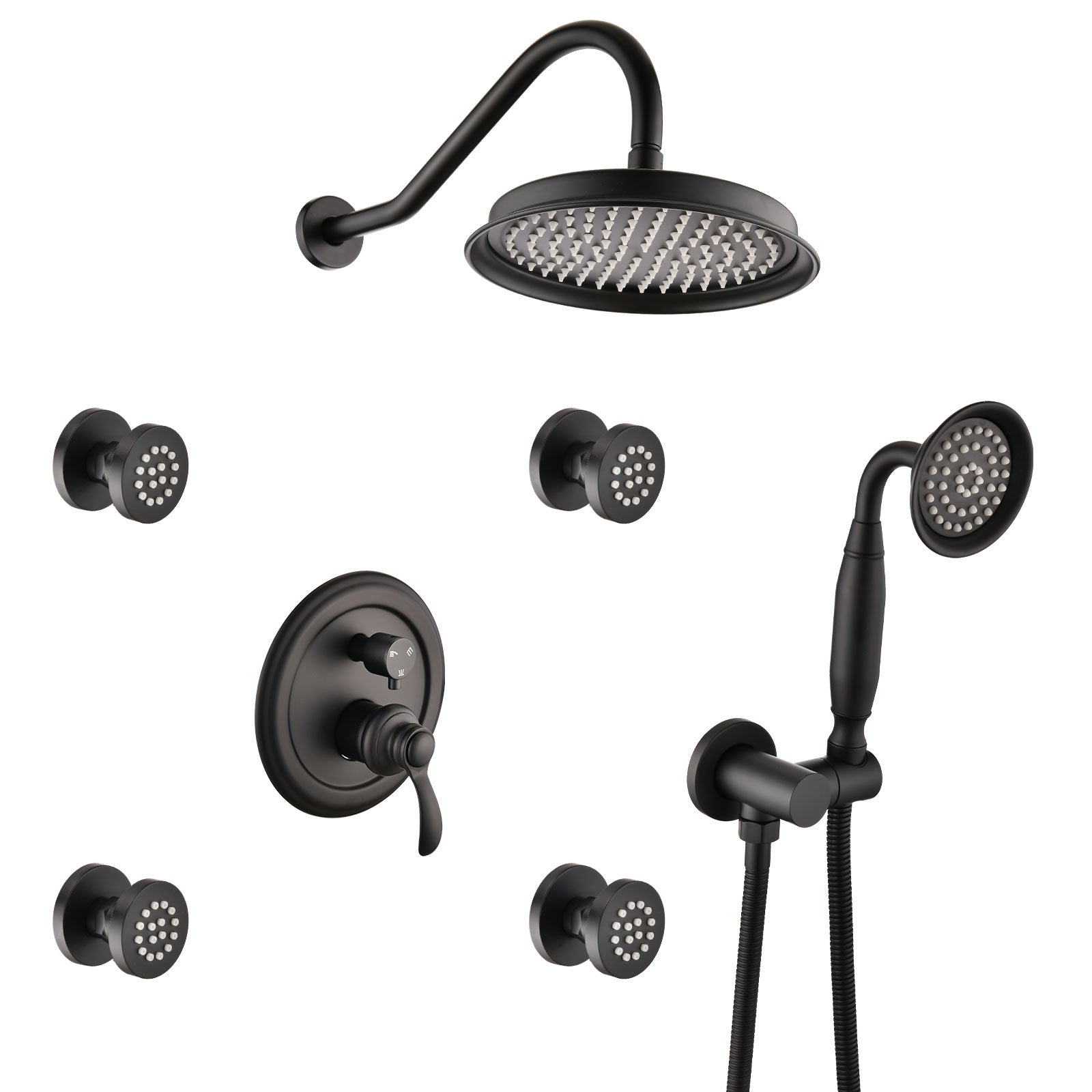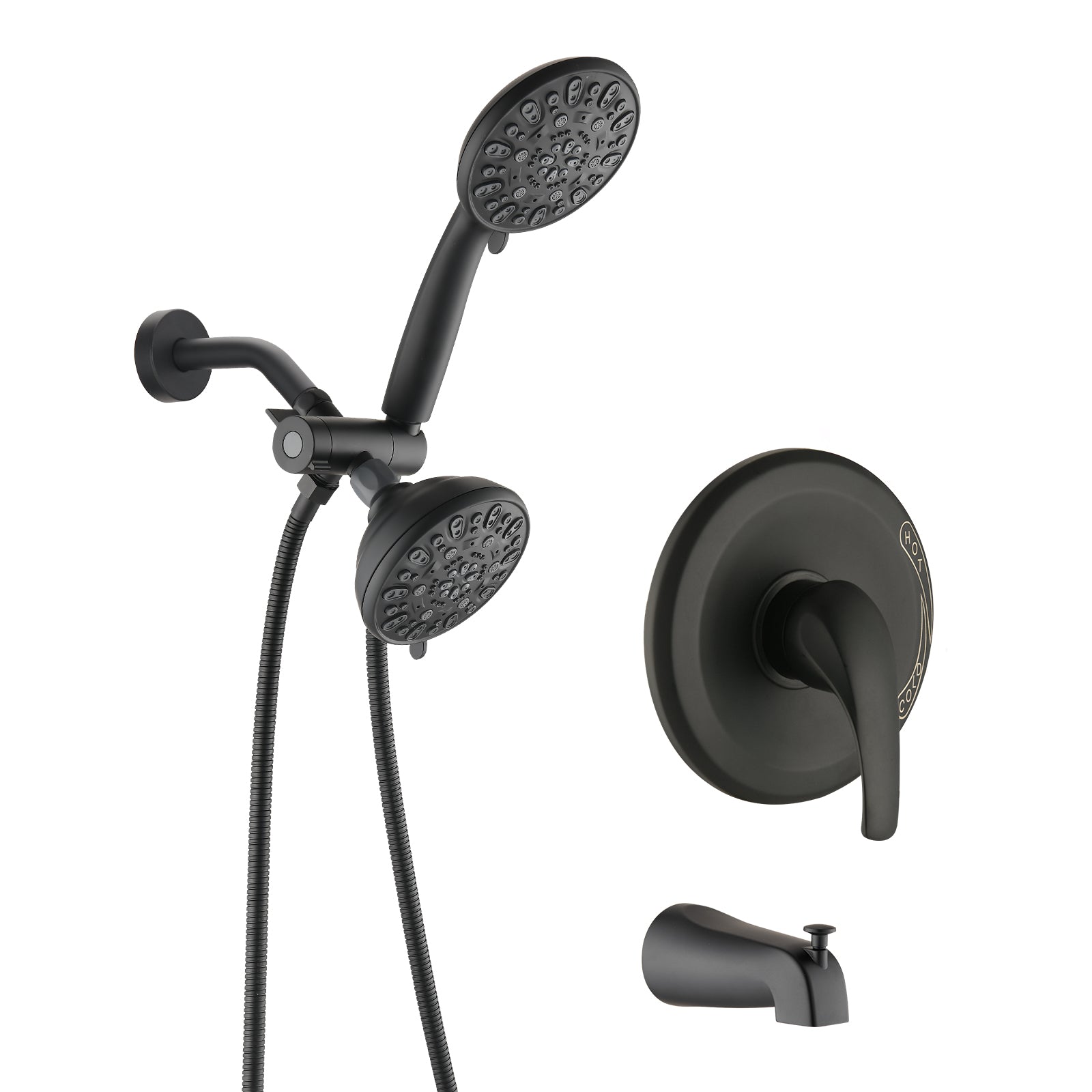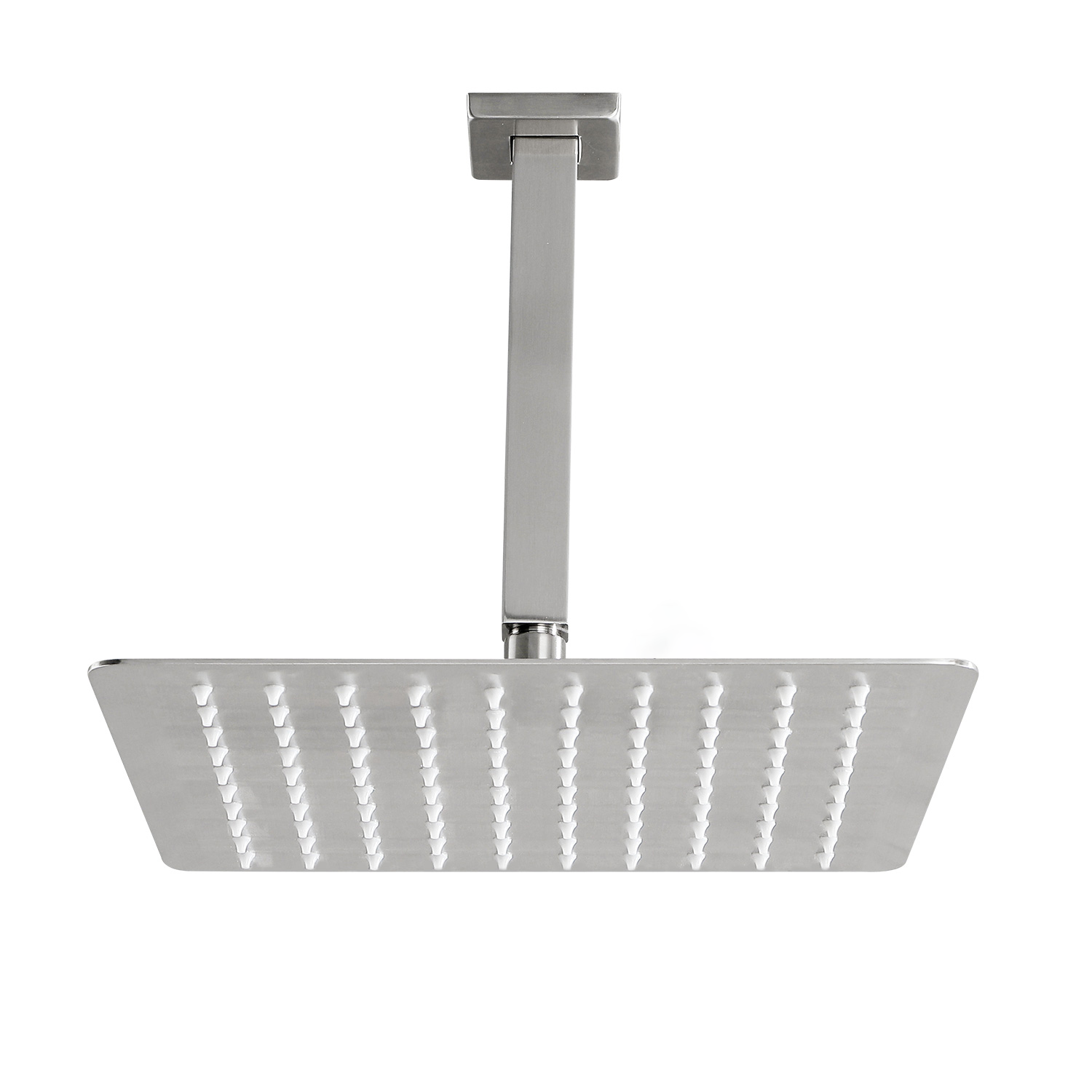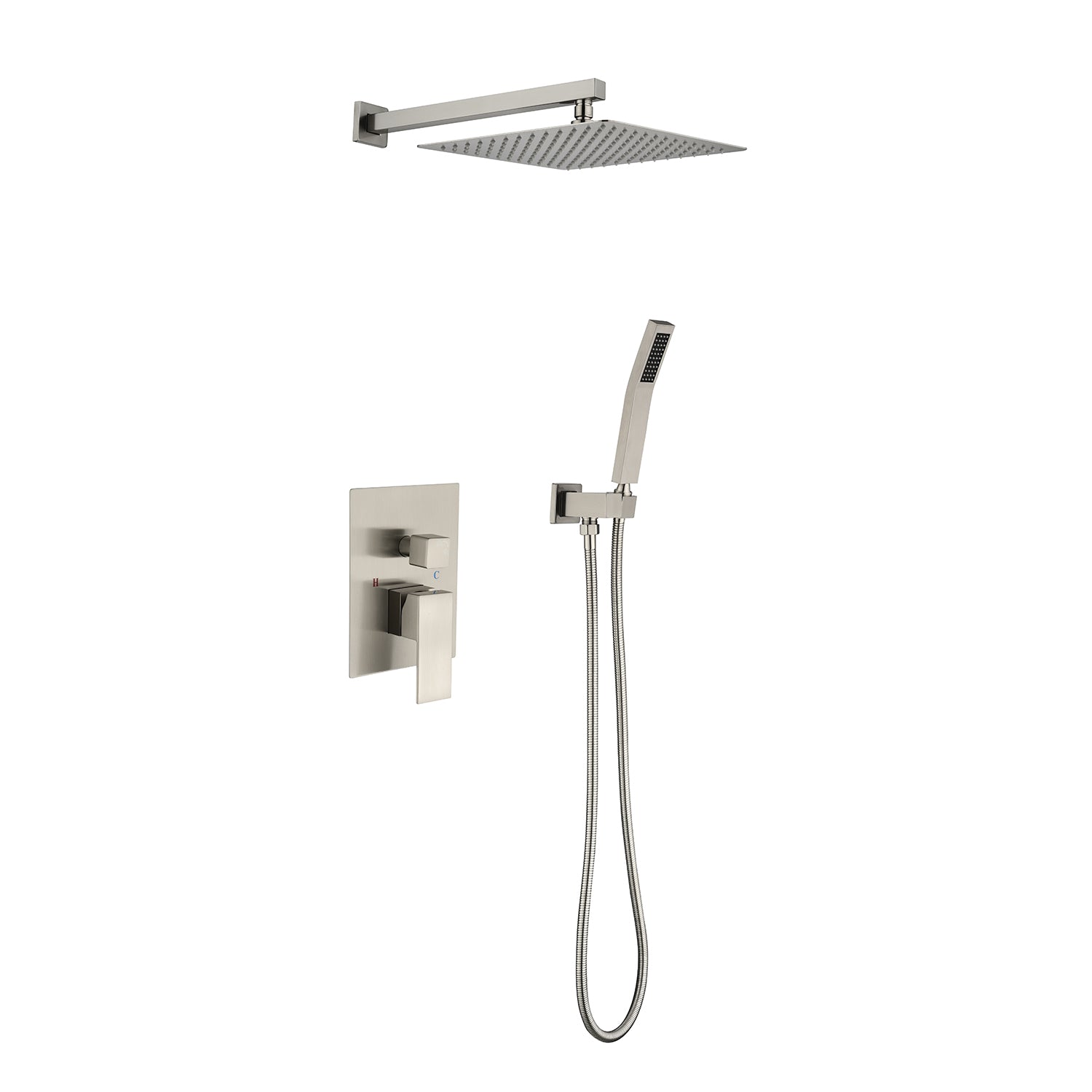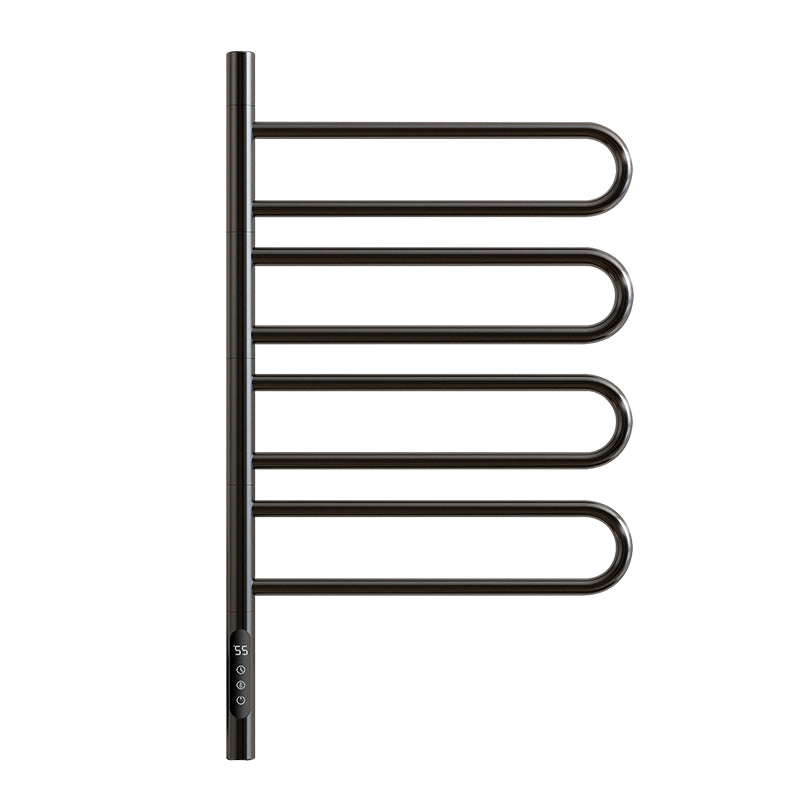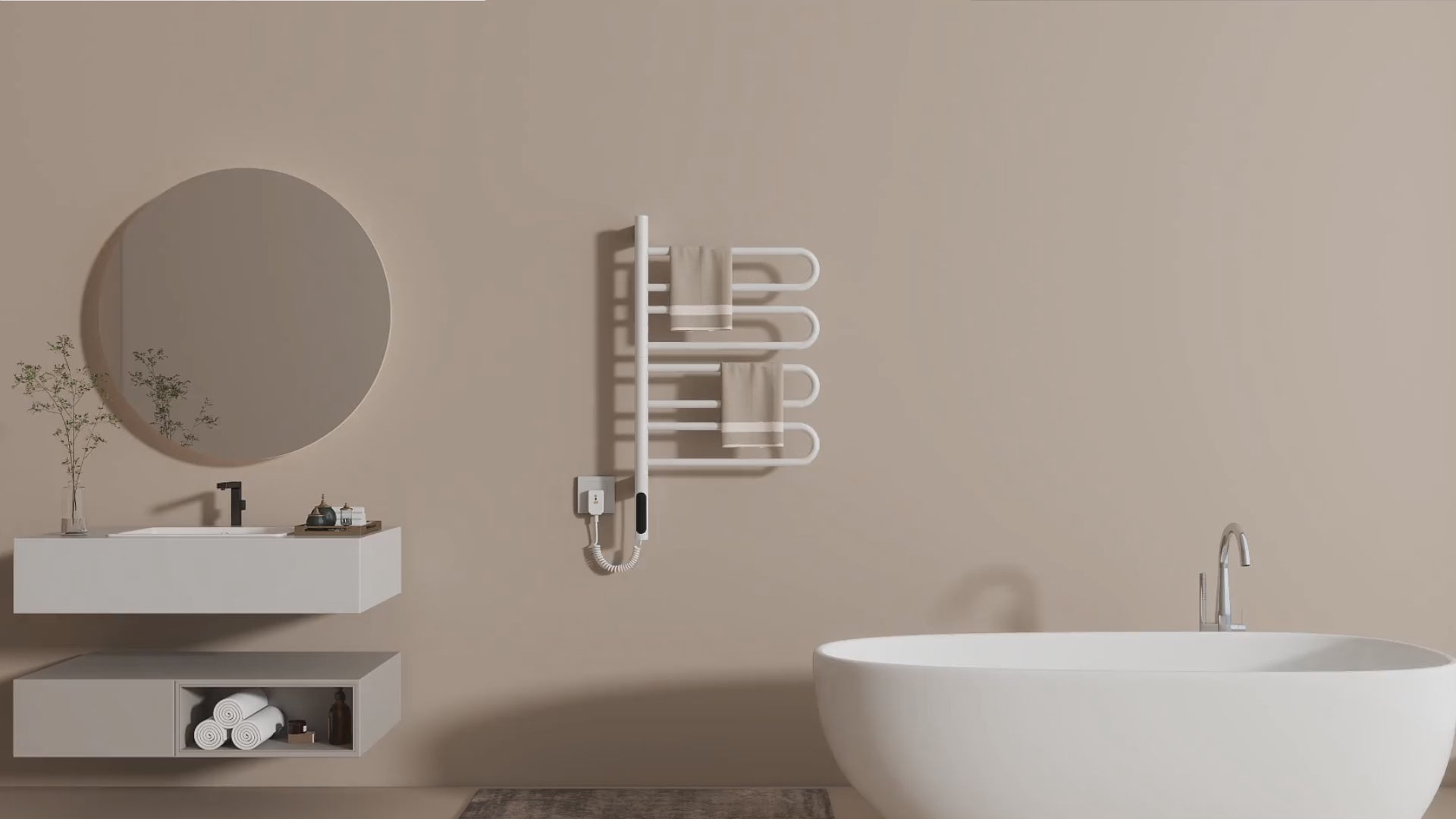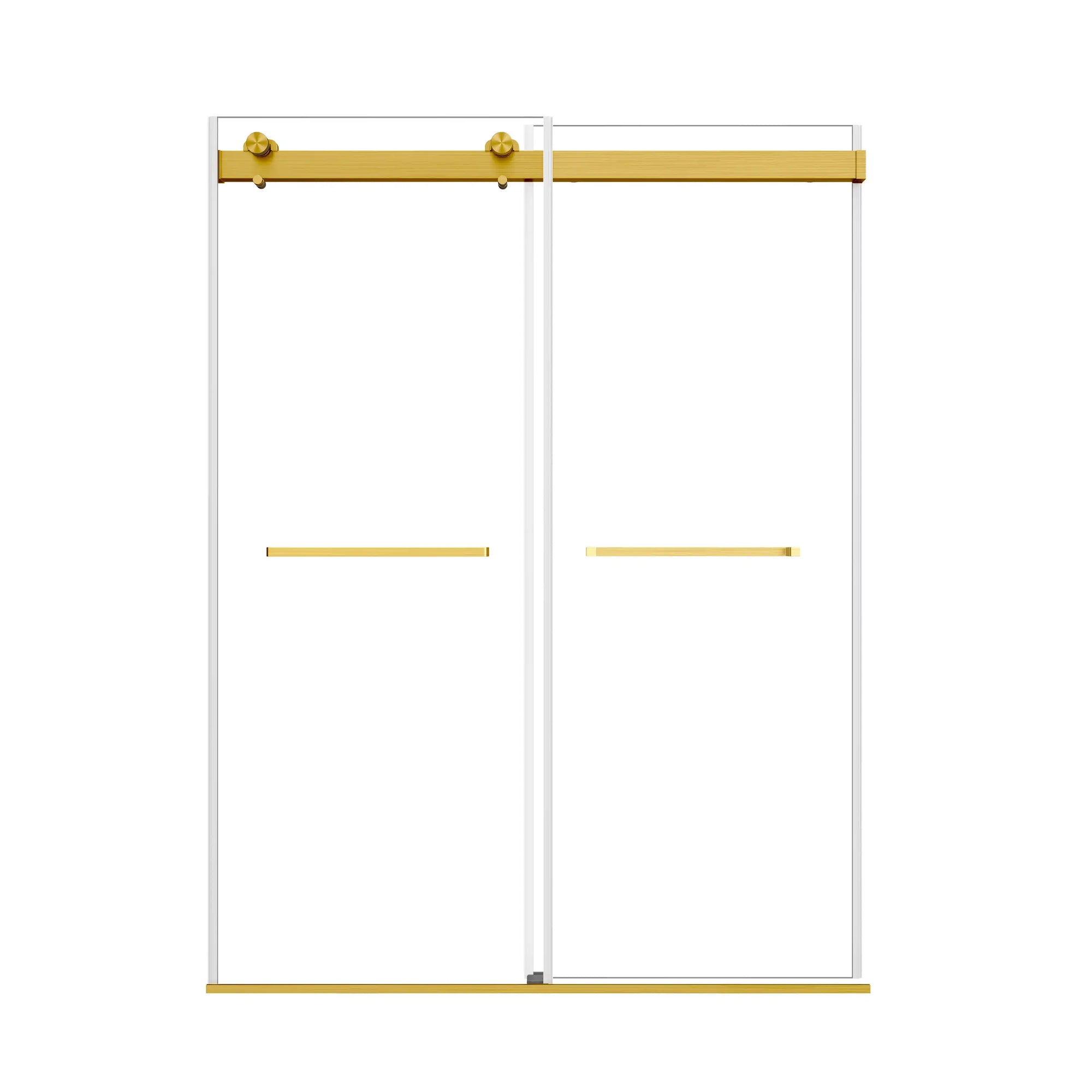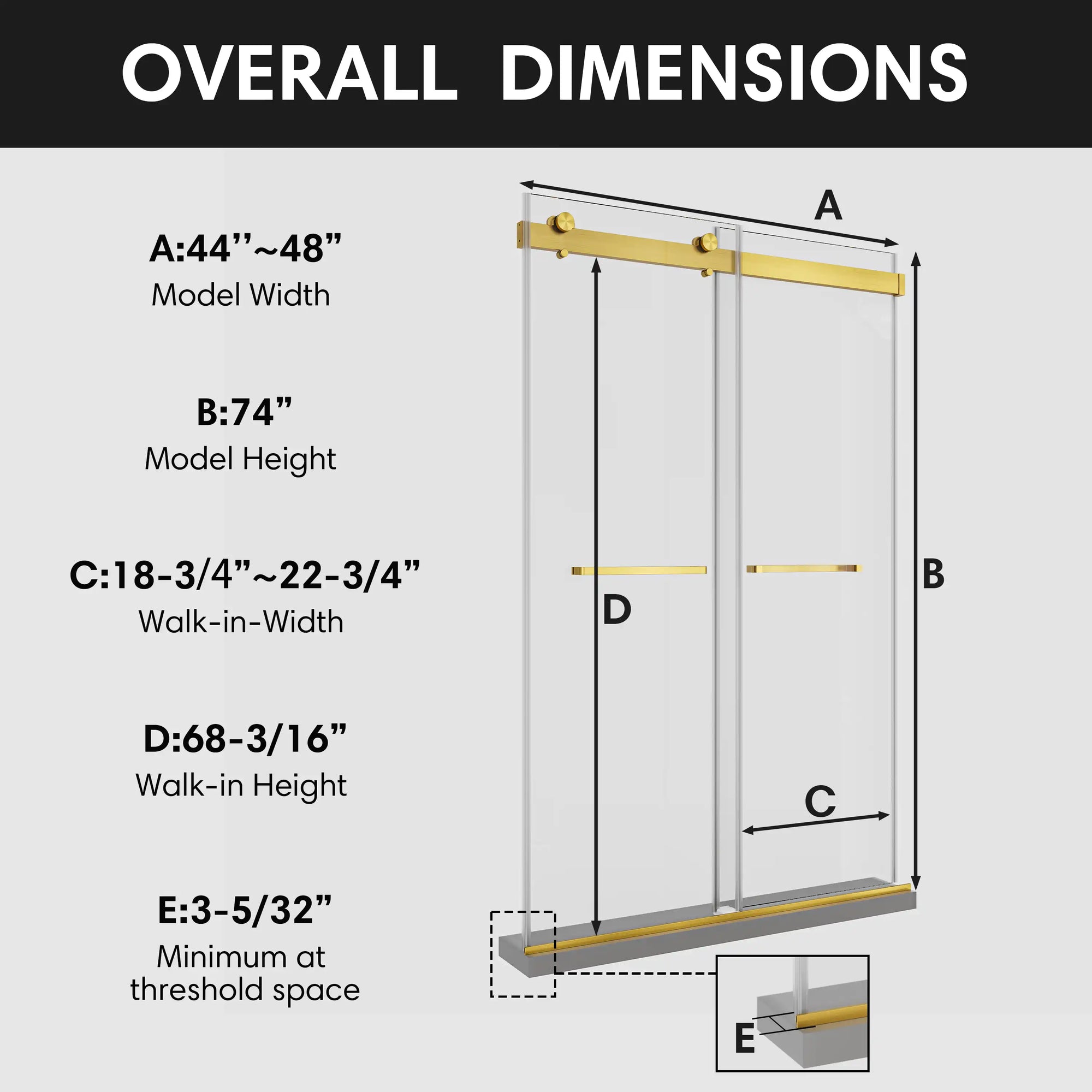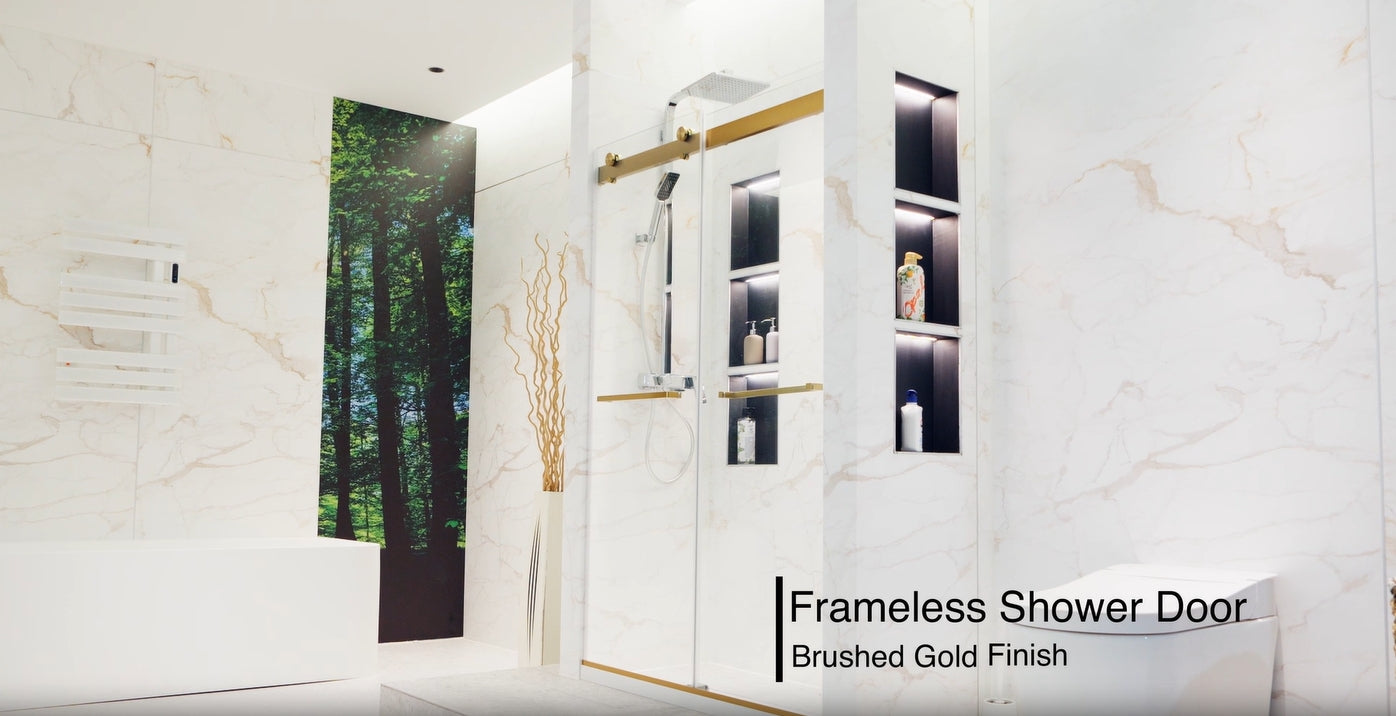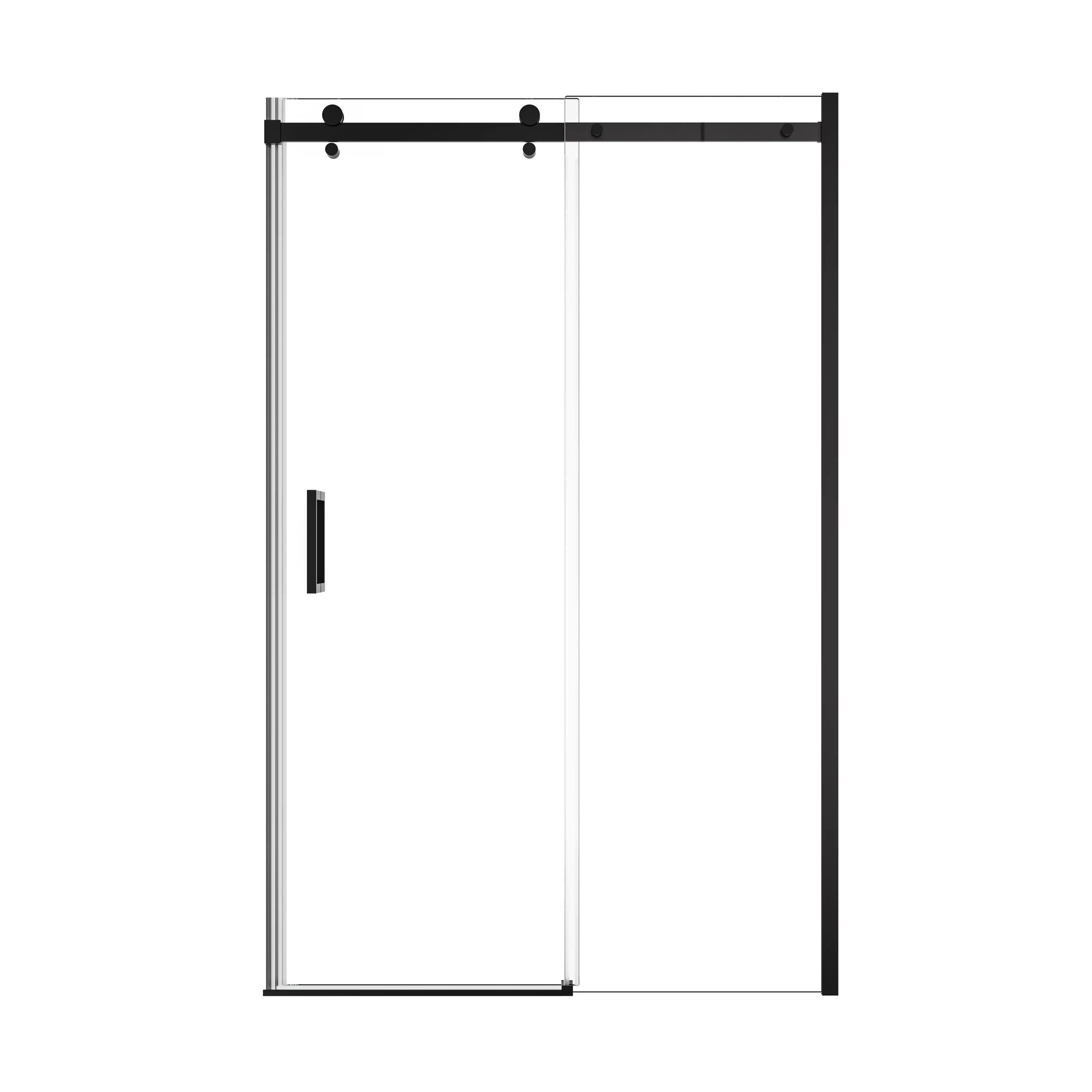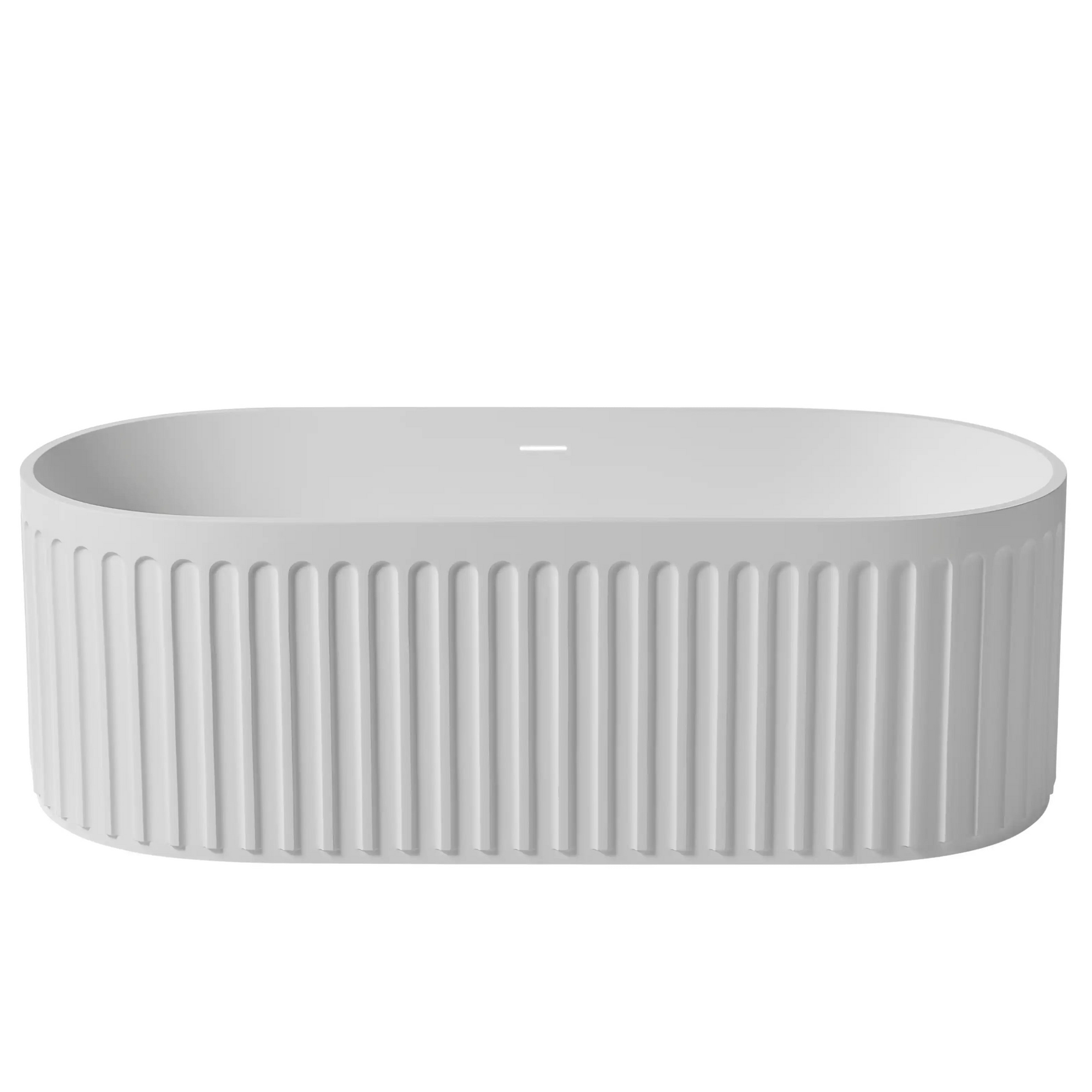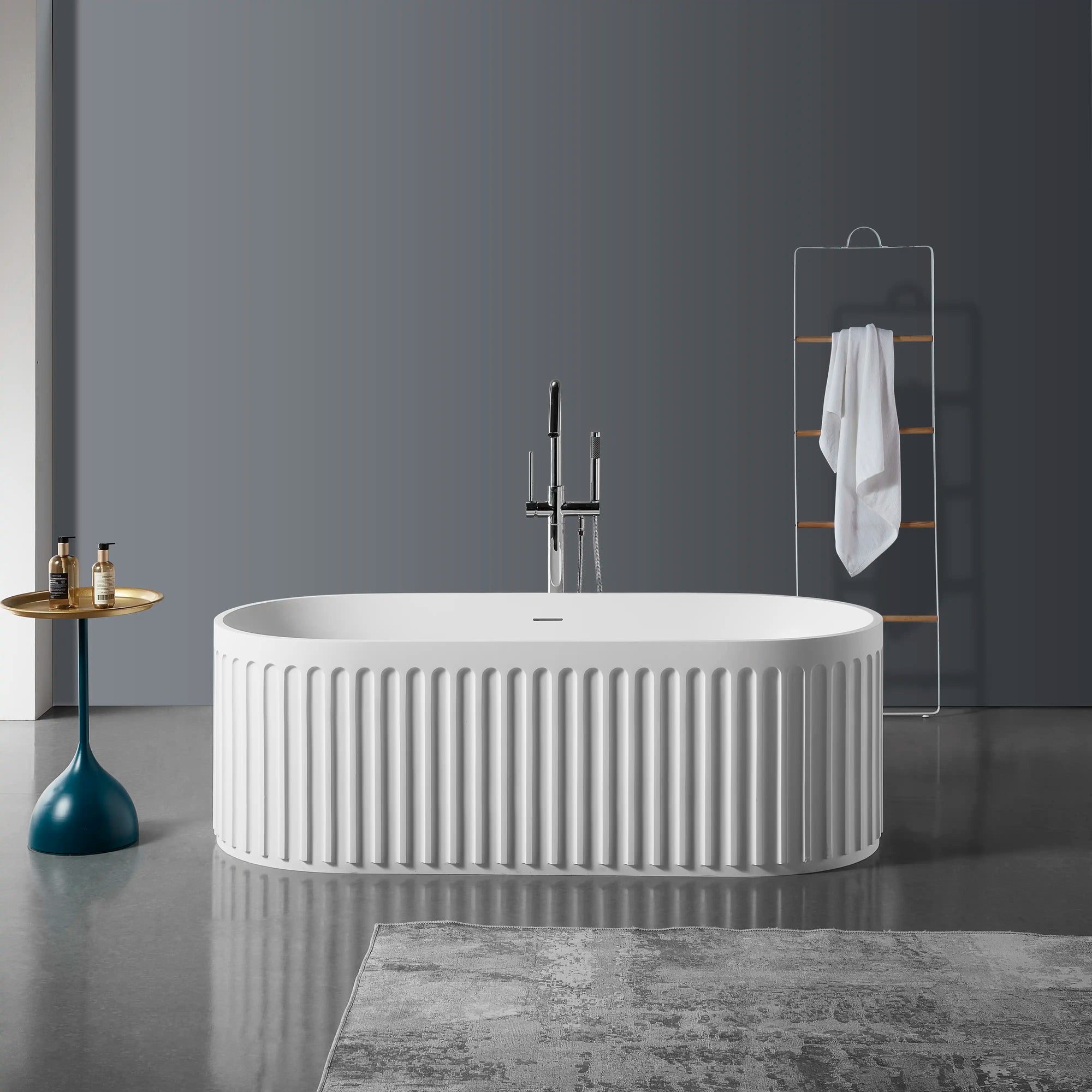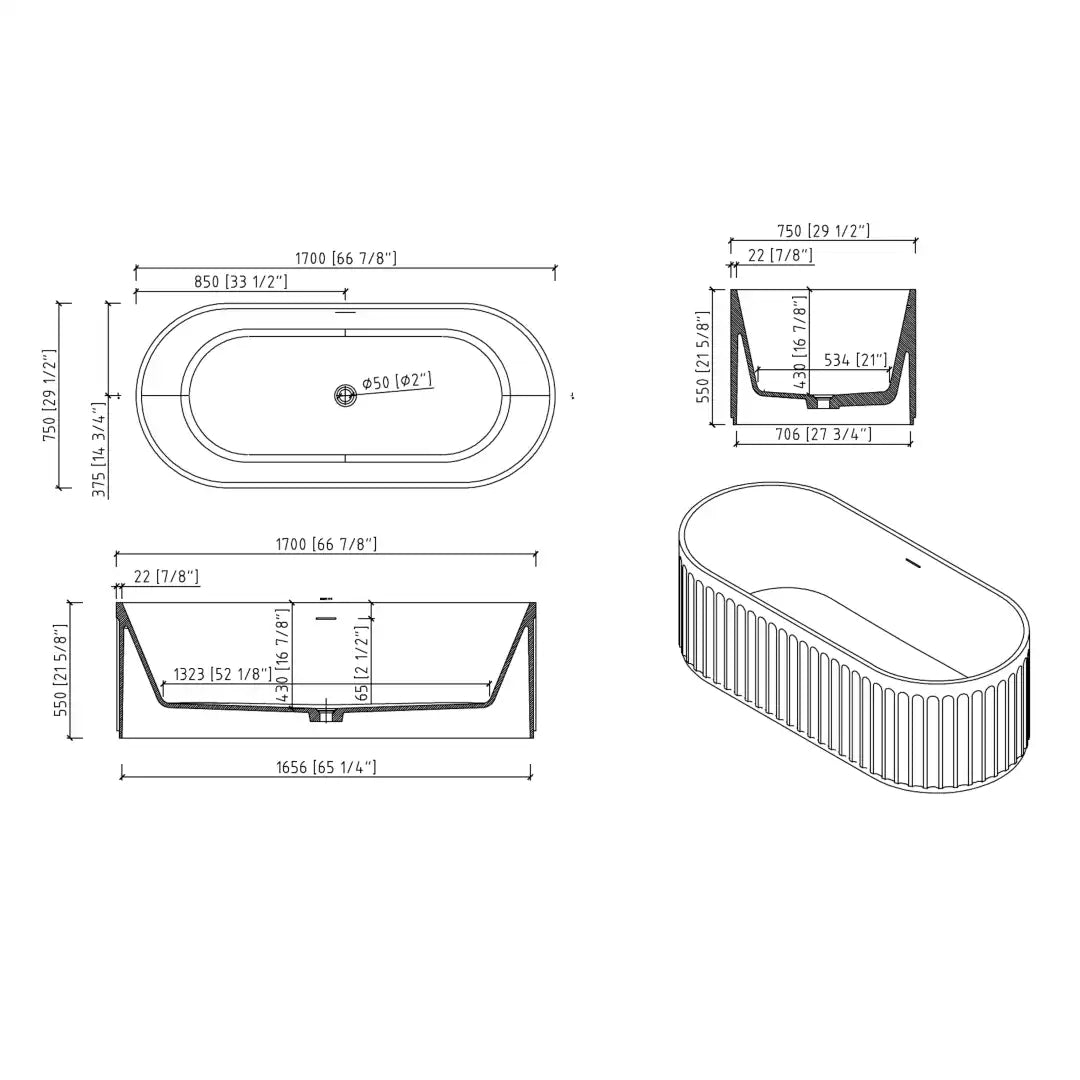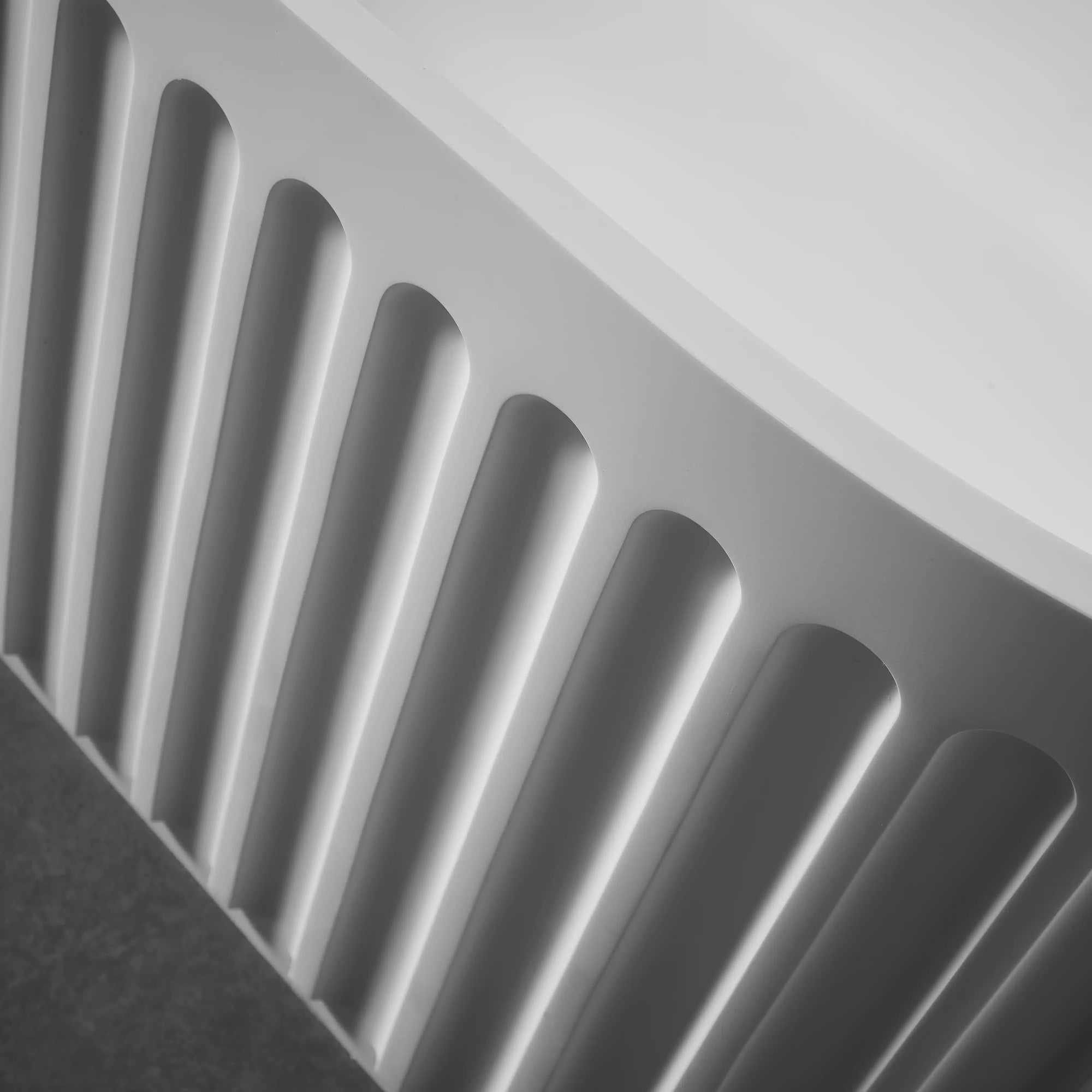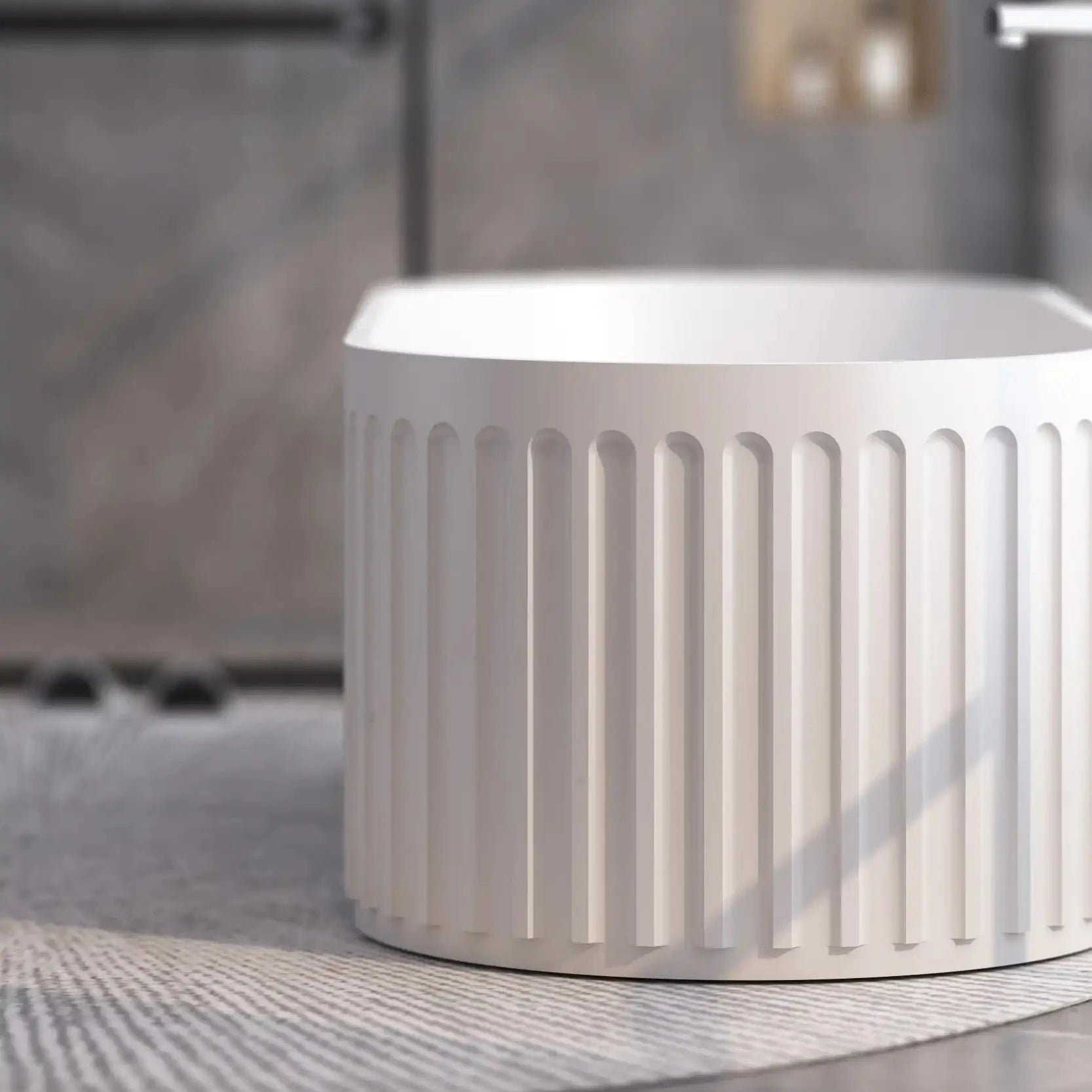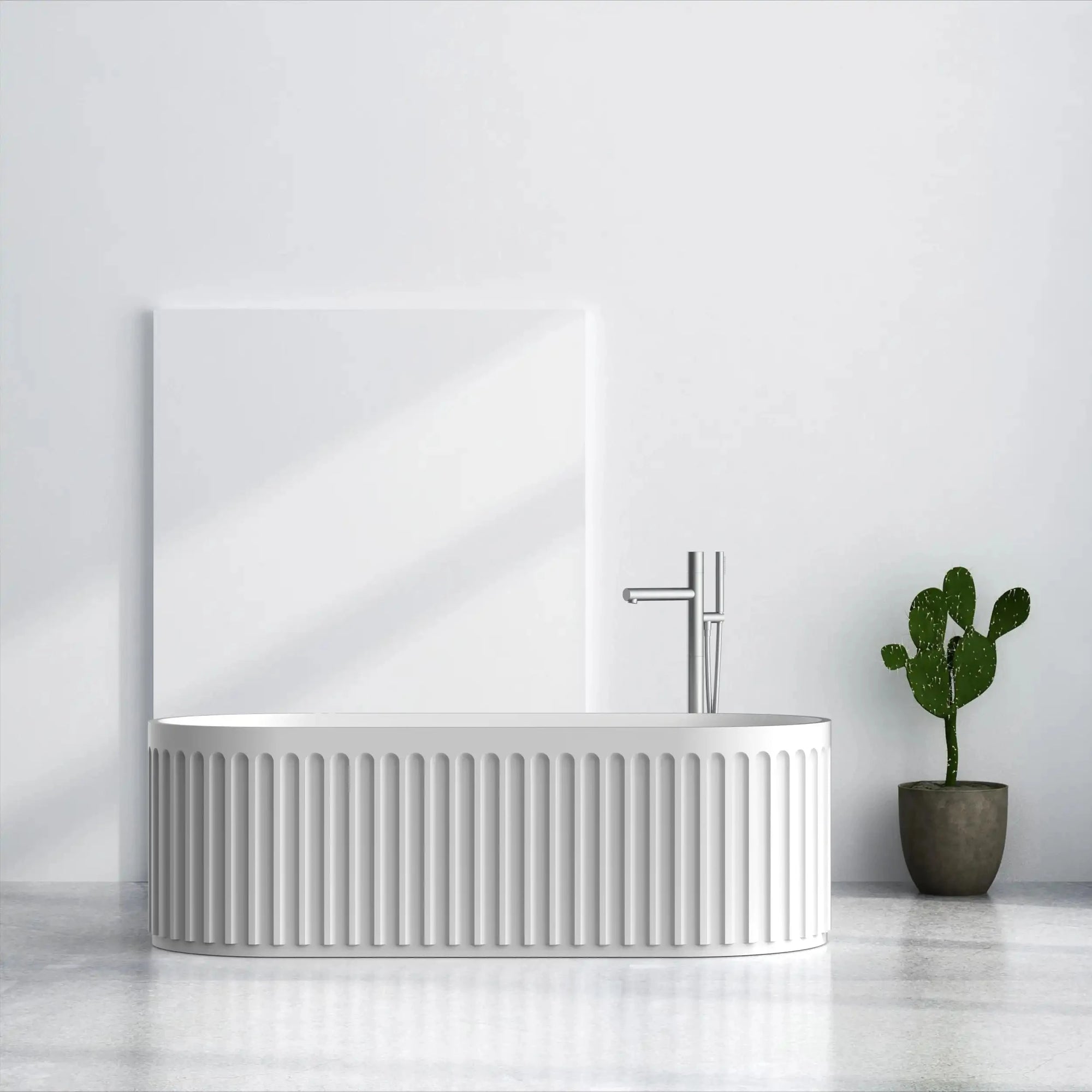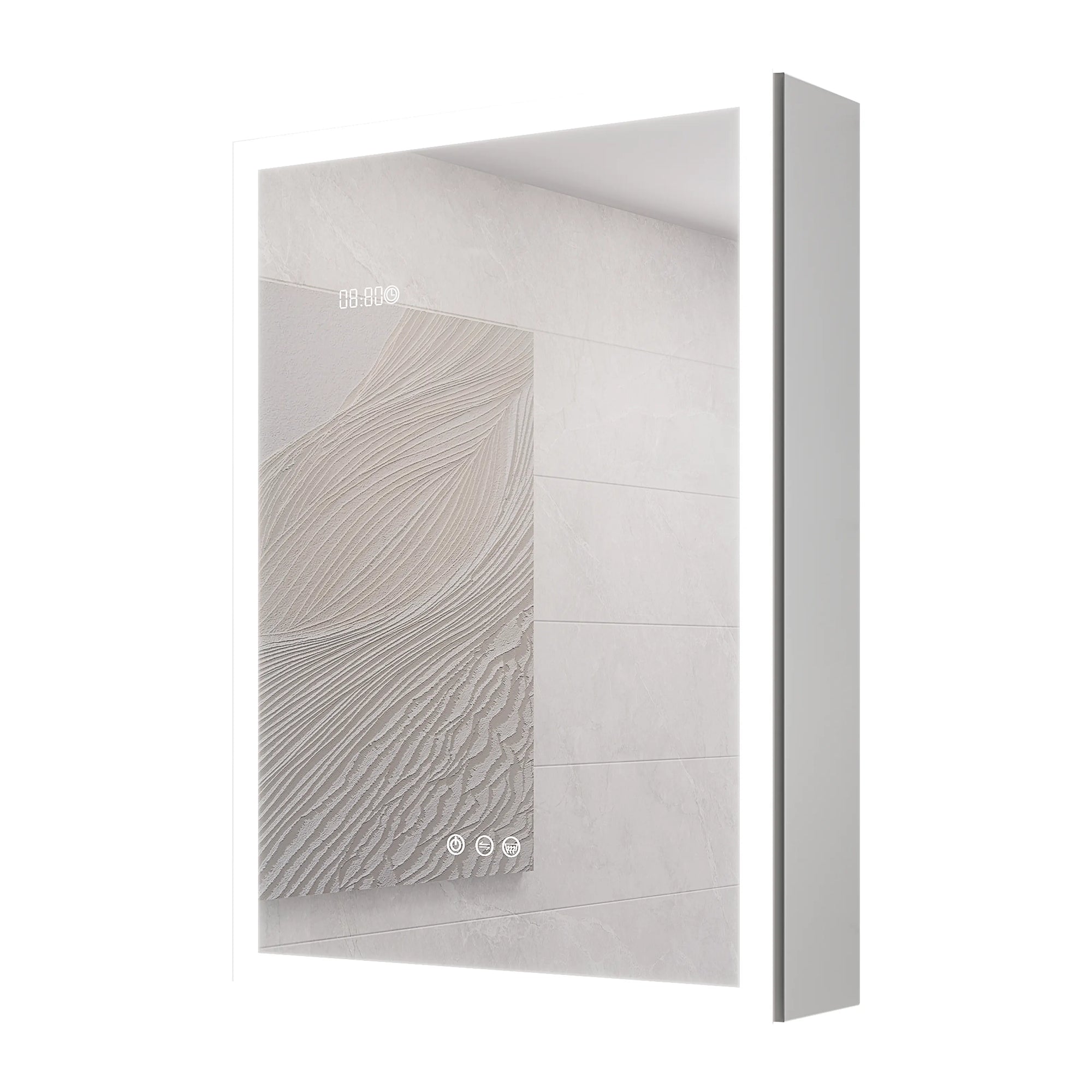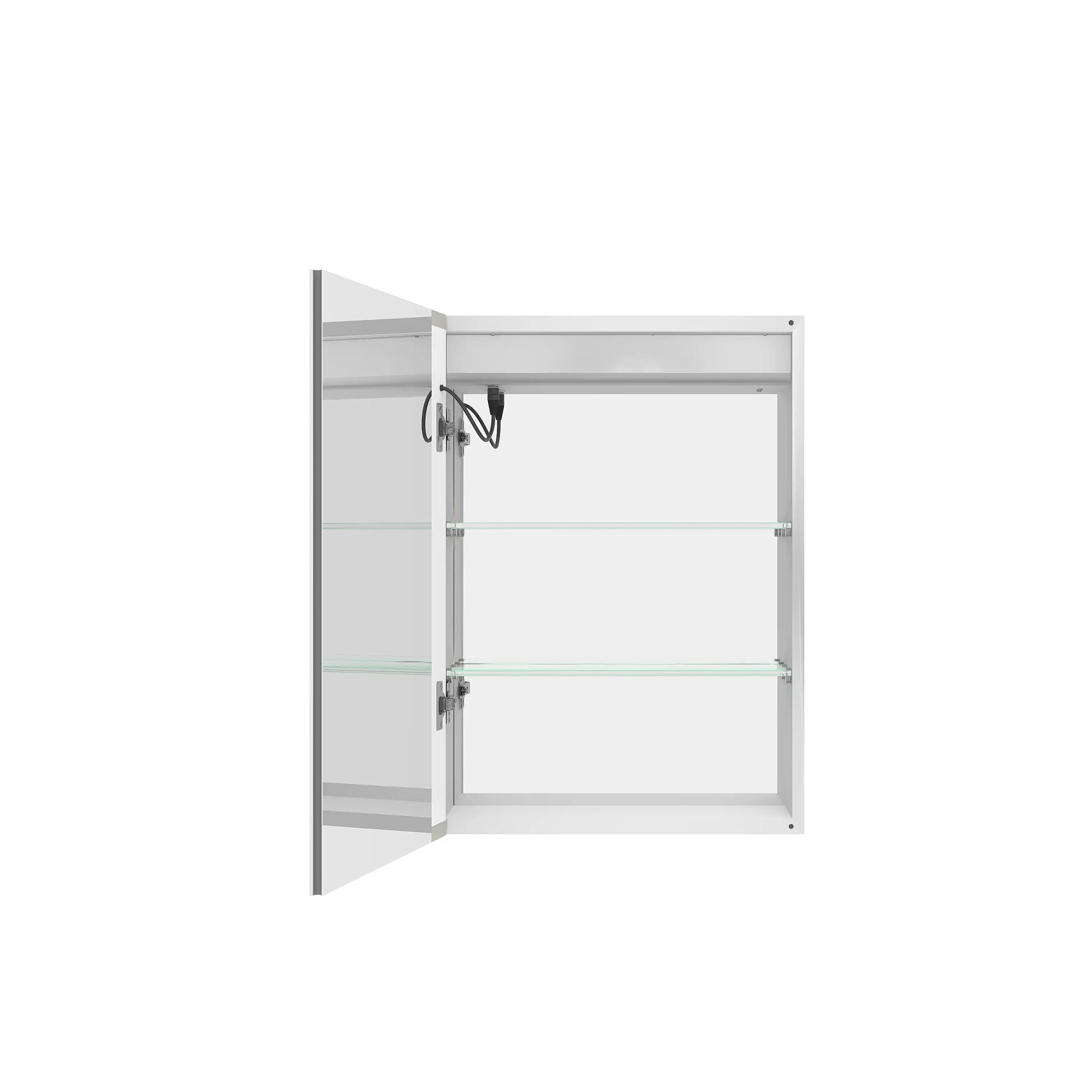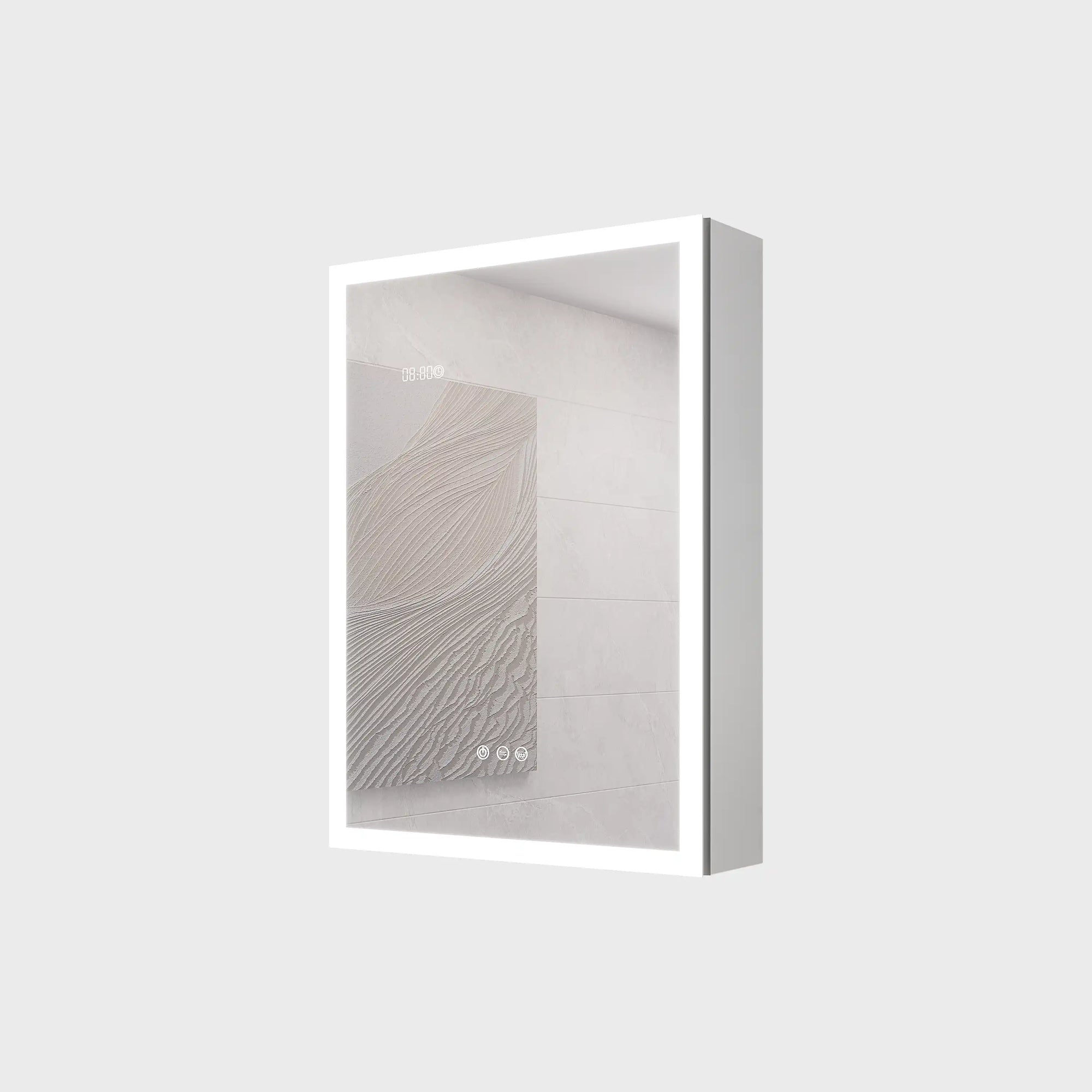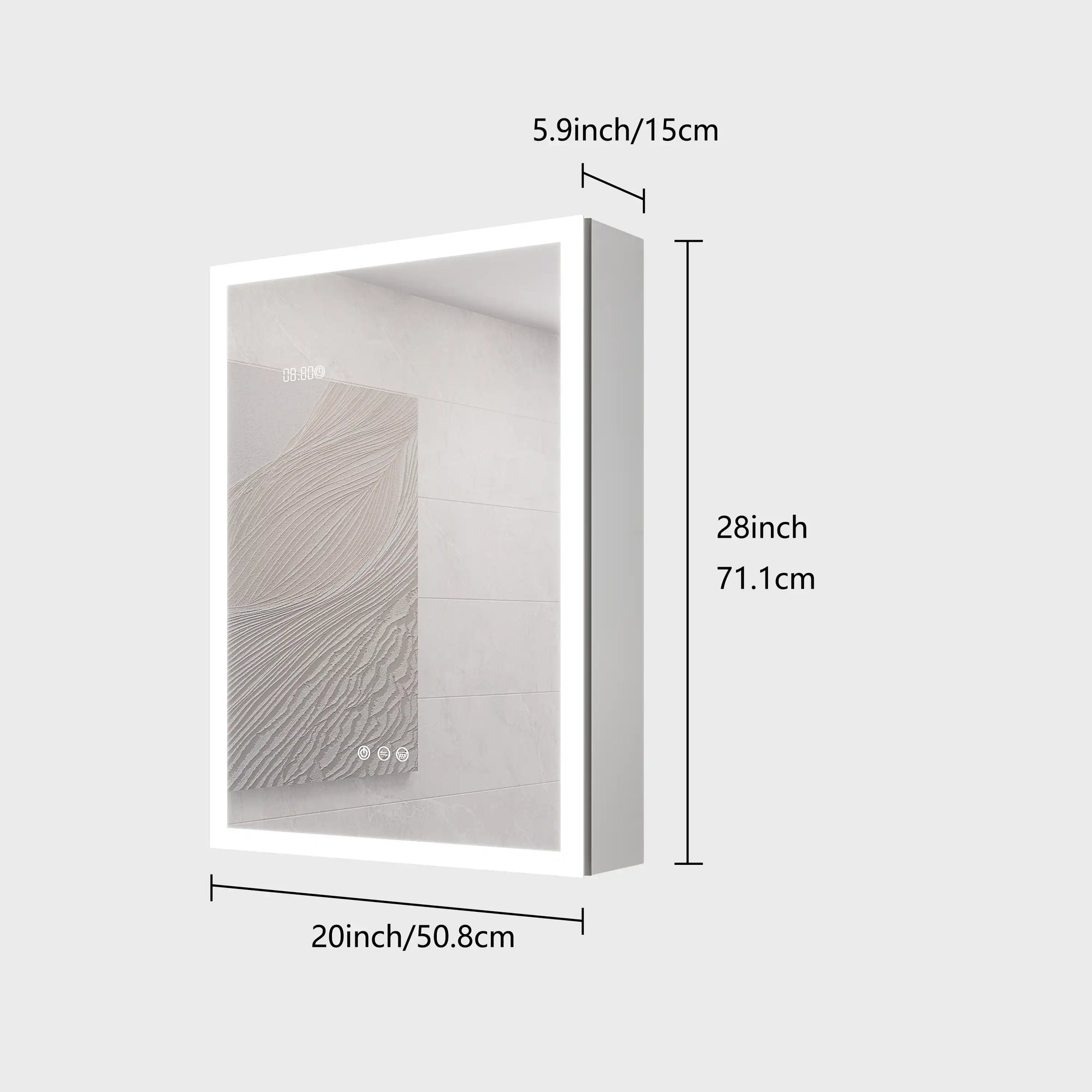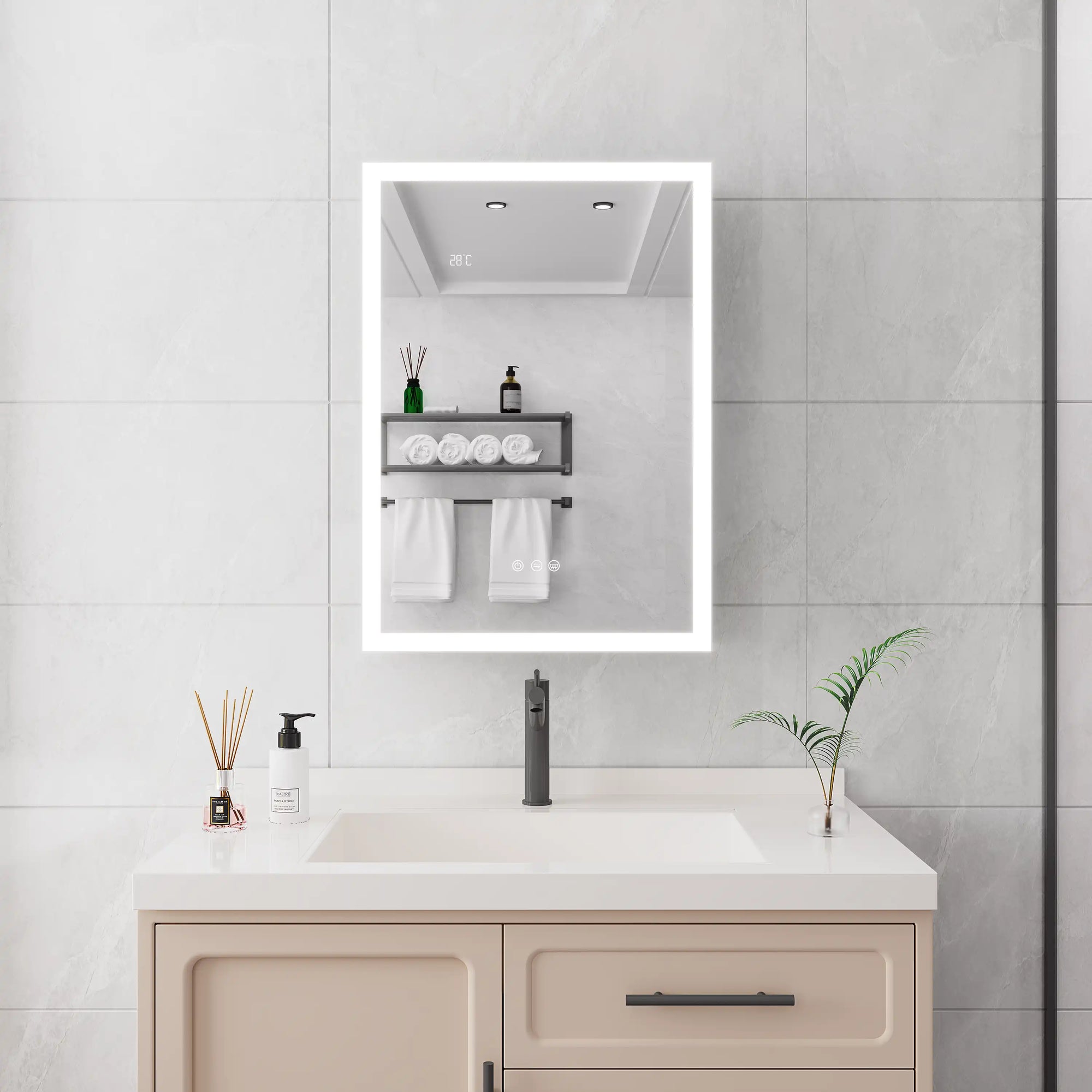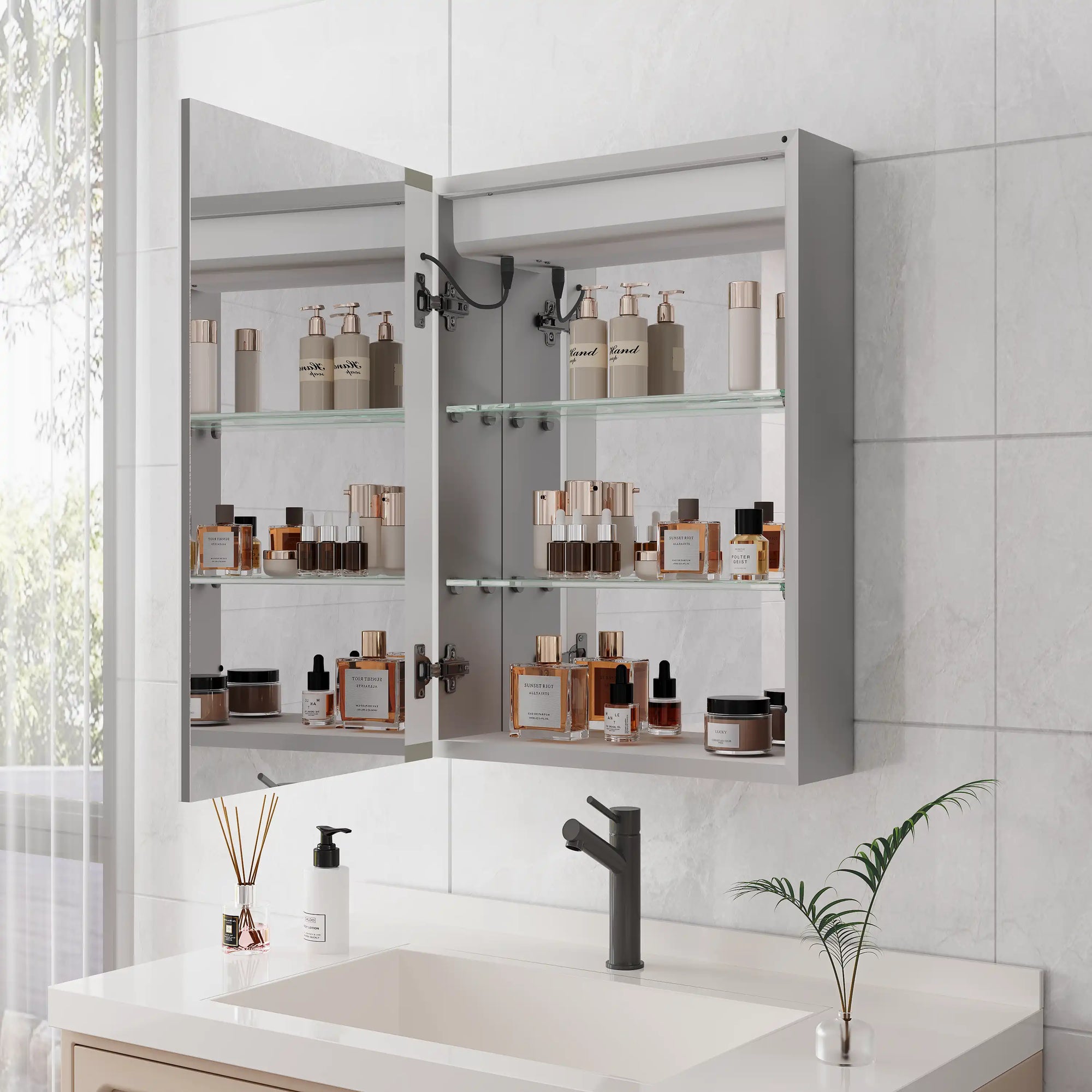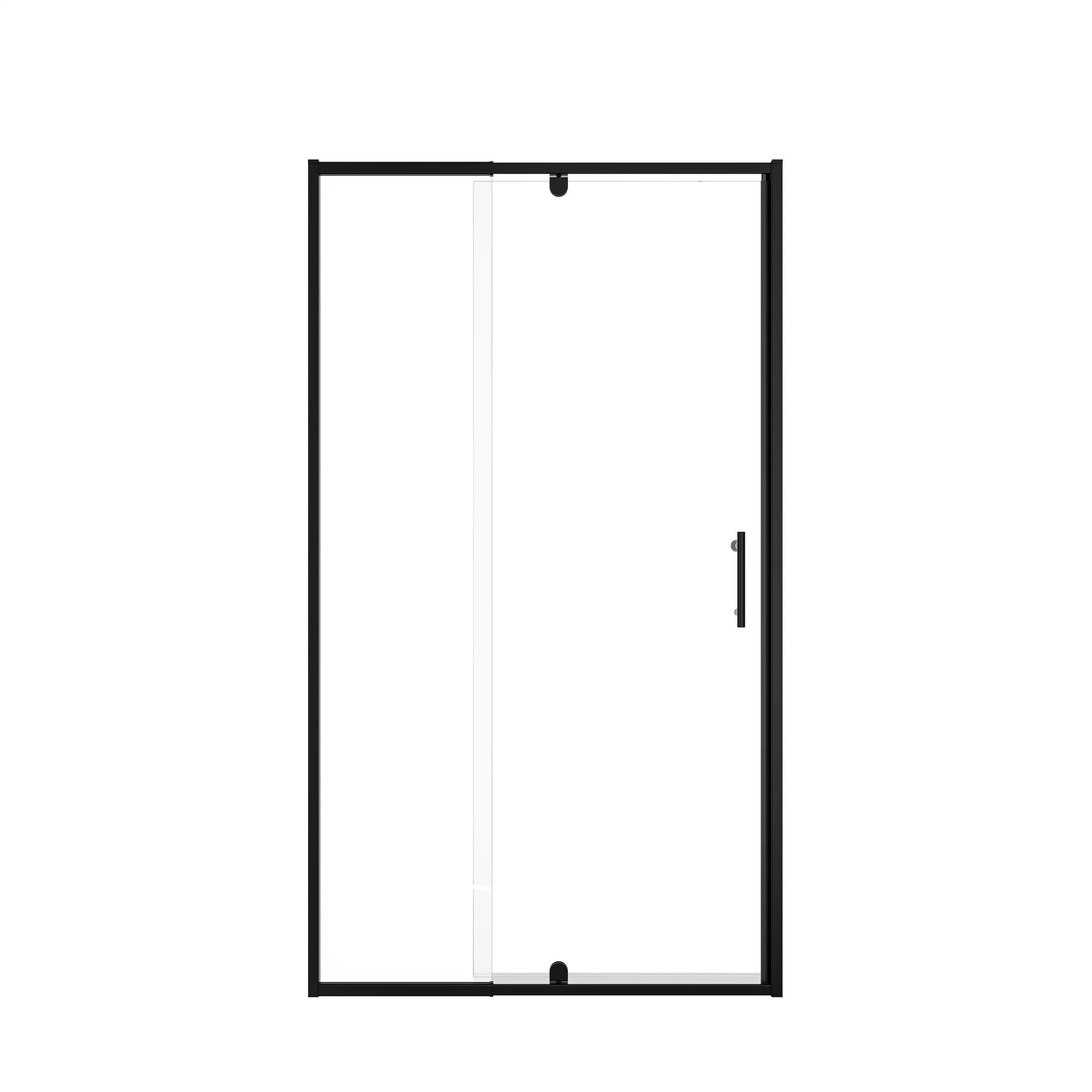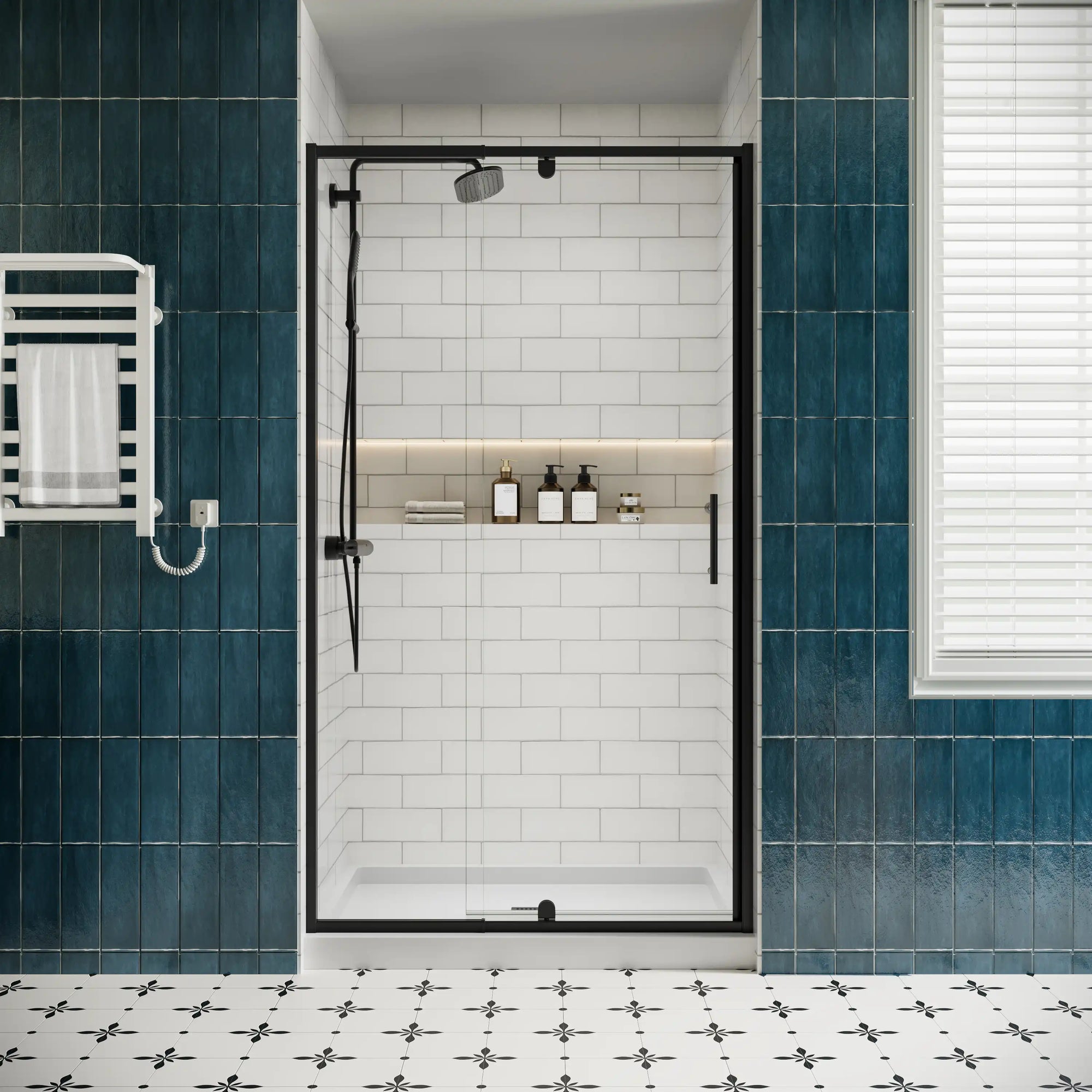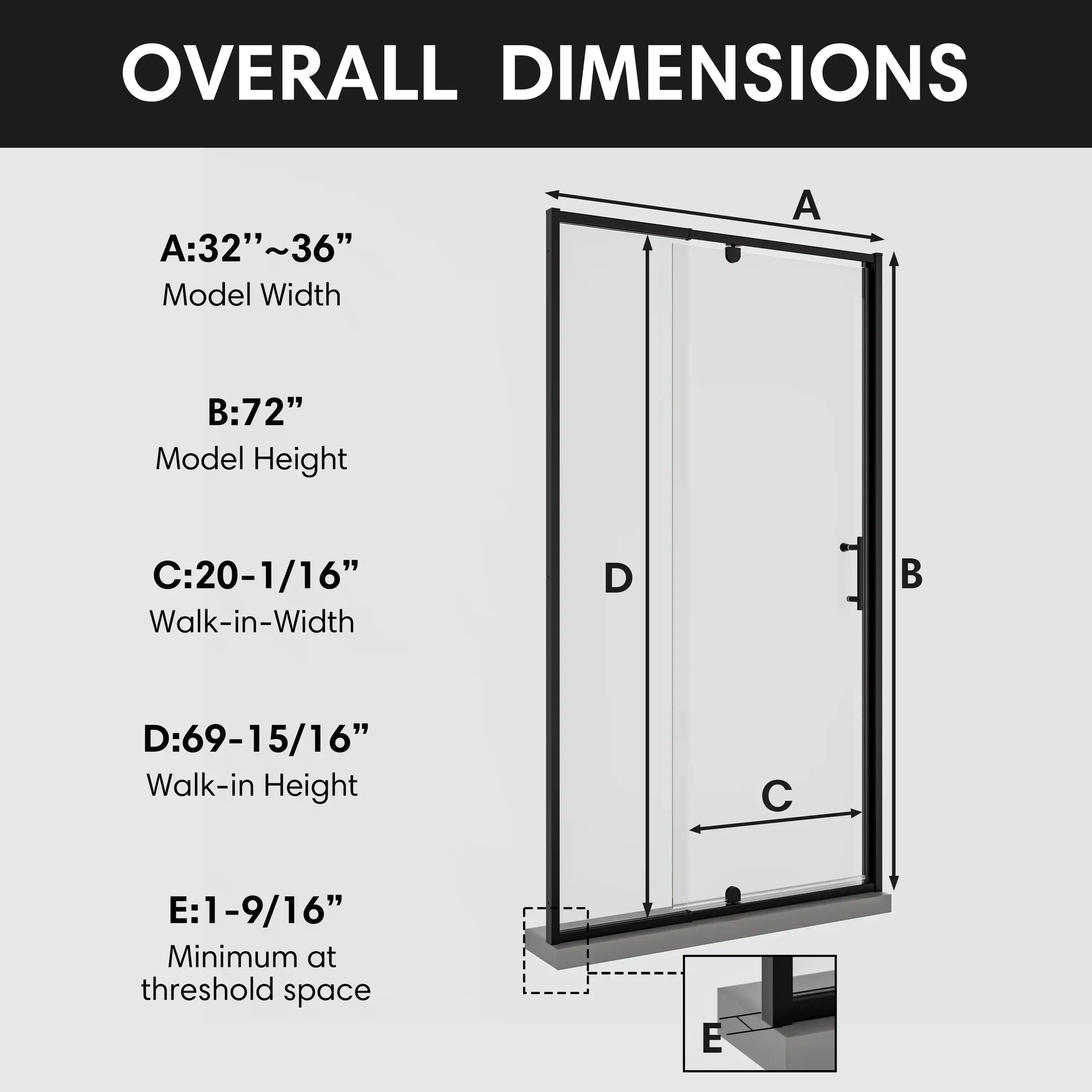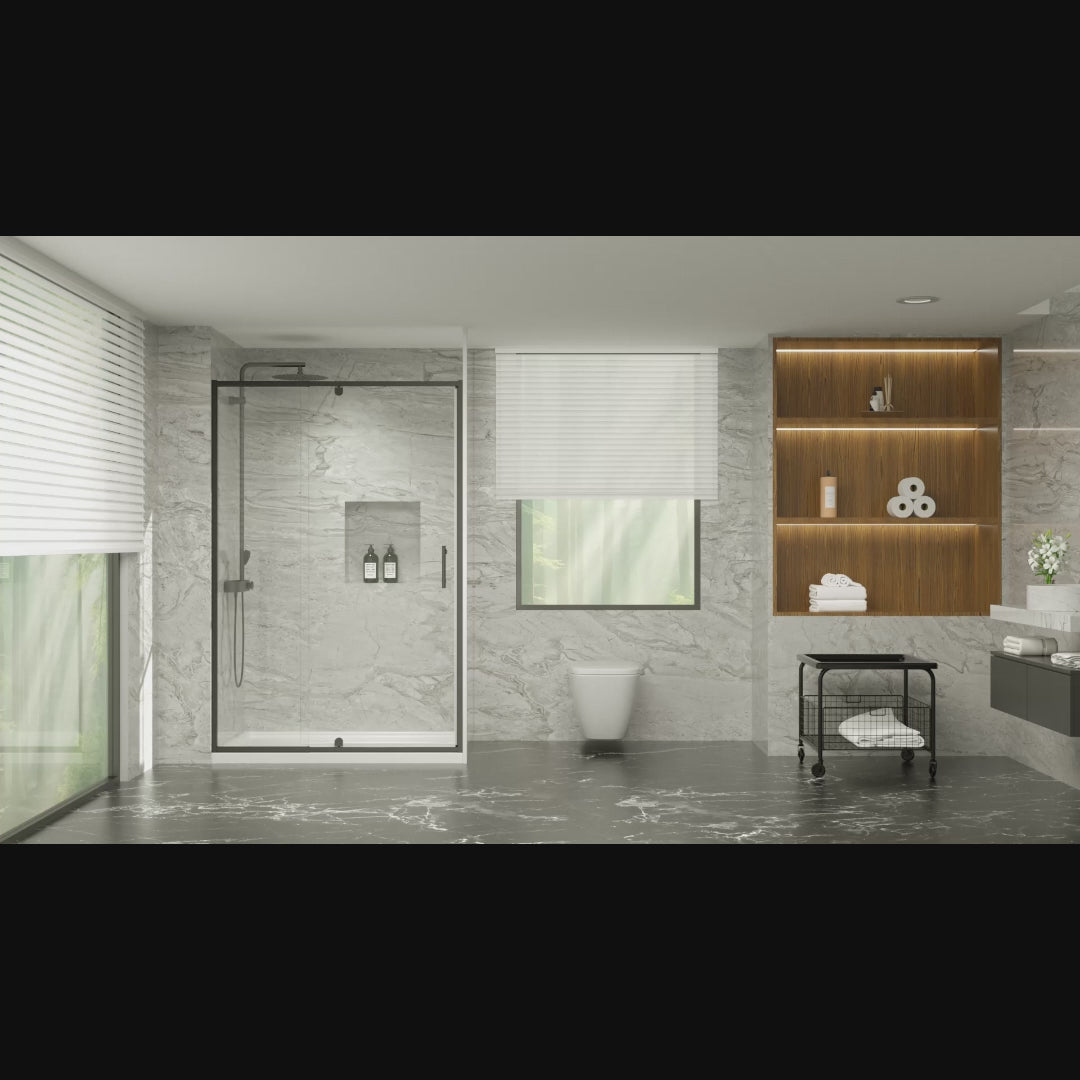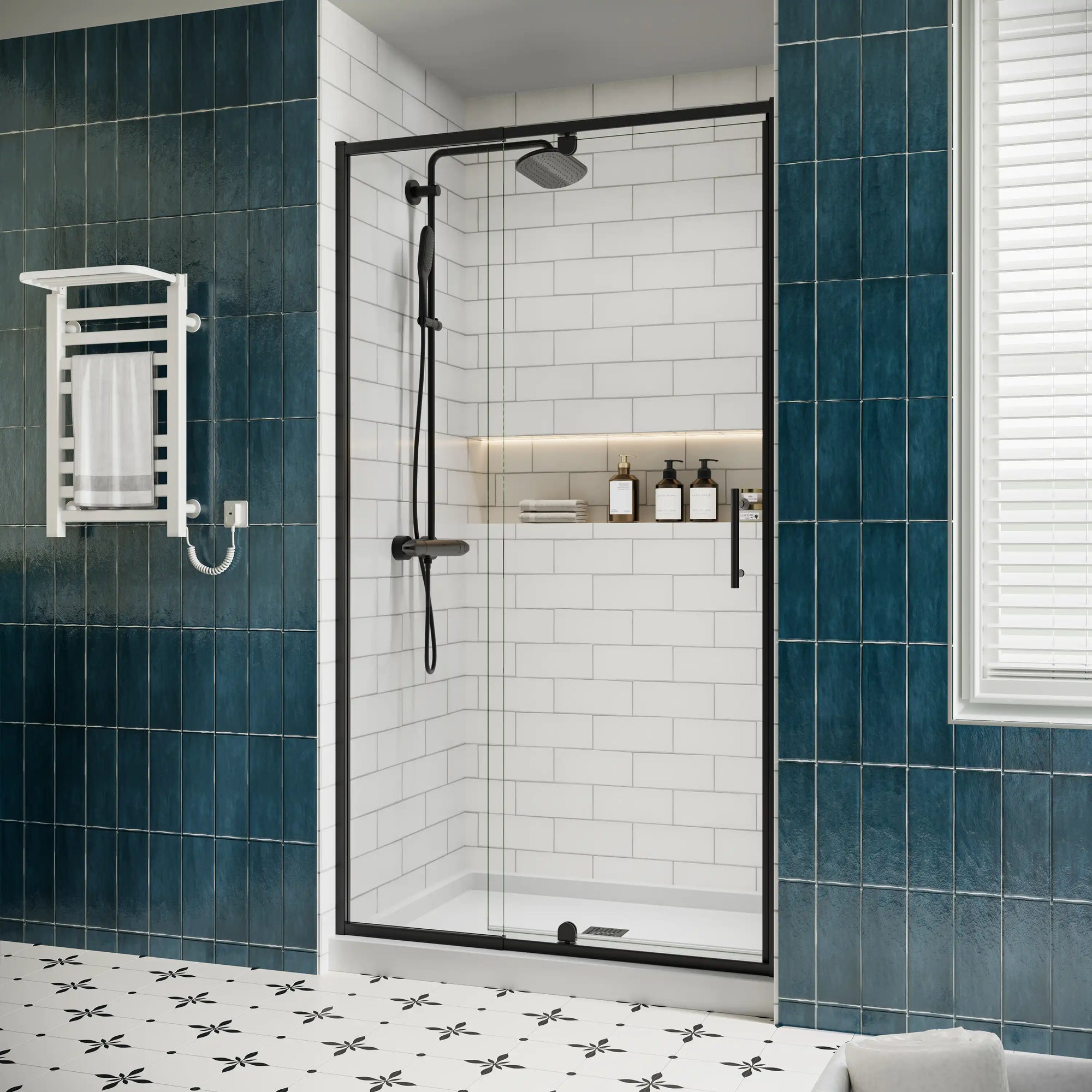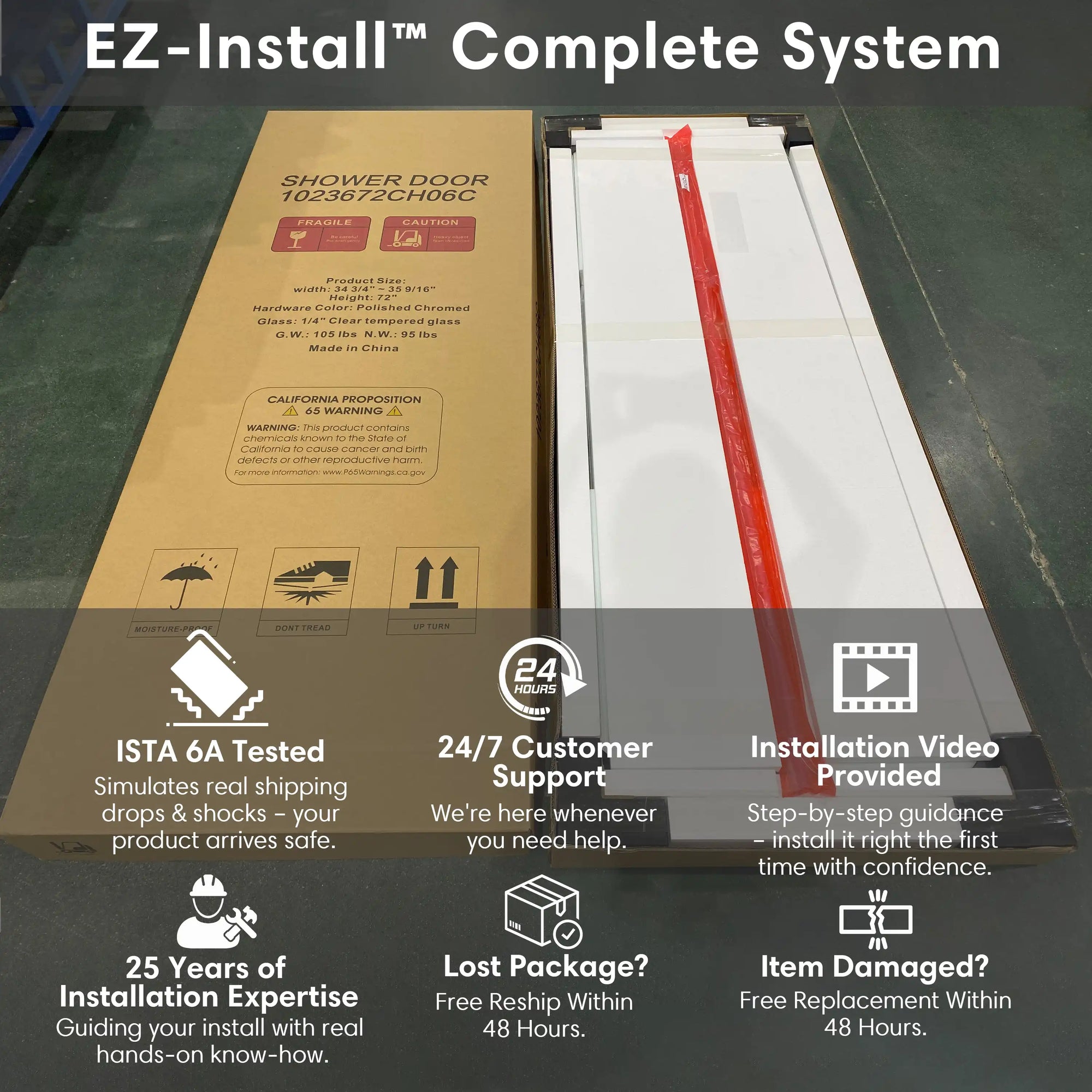Imagine transforming your basement from a forgotten storage zone into a cozy home theater, a sleek workout room, or a welcoming guest suite — without the frustration of major plumbing renovations. If you've ever wondered how to add a real, fully functional bathroom downstairs, you're not alone. Traditional gravity-fed plumbing simply isn't designed for lower-level spaces, which is why installing a reliable toilet for basements can feel overwhelming for many homeowners. The good news? Modern basement toilet and shower pump systems make it surprisingly simple. With the right setup, you can add a stylish, durable, and efficient bathroom anywhere you need it — boosting comfort, convenience, and even your home's value, all without tearing up your foundation or breaking the budget.
Table of Contents
- What Is the Basement Toilet and Shower Pump System?
- How Does the Basement Toilet and Shower Pump System Work?
- Types of Basement Toilet and Shower Pump Systems
- The Cost of Installing a Basement Toilet and Shower Pump System
- How Installing a Basement Toilet and Shower Pump System Increases Property Value
- How to Choose the Right Basement Toilet and Shower Pump System
- Conclusion
- FAQ about Basement Toilet and Shower Pump System Installation
- Popular Articles
What Is the Basement Toilet and Shower Pump System?

Creating a bathroom in the basement used to mean major construction, high costs, and plenty of frustration. Today, things look very different. A toilet for basements—paired with a modern shower pump system—has become one of the most practical solutions for homeowners who want comfort and functionality without tearing up concrete floors or relocating plumbing lines.
At its core, a basement toilet and shower pump system is a compact, high-efficiency unit that collects wastewater from your toilet, sink, or shower and pumps it upward into your home's main drainage line. Instead of relying on gravity (which basements simply don't have the luxury of), the pump ensures smooth, reliable waste removal regardless of your home's layout or elevation.
Why This System Matters for Basement Renovations
For homeowners planning a partial renovation or upgrading their lower level, this system delivers benefits that traditional plumbing cannot match:
- No major demolition or concrete breaking — everything installs above the floor.
- Lower renovation costs compared with re-routing main drainage pipes.
- Ideal for adding a guest suite, home office bathroom, or fitness room shower.
- Fast installation that many pros can complete in just a few hours.
- A clean, modern look that blends seamlessly into contemporary basement designs.
How a Toilet for Basements Works
| Component | Function | Why It Helps in a Basement |
|---|---|---|
| Basement Toilet (Upflush or Macerating Toilet) | Breaks down and pushes waste into the pump unit | Works where gravity drains can't |
| Shower Pump System | Moves greywater upward to the main drainage line | Allows basement showers without lowering the floor |
| Vent & Backflow Protection | Keeps air pressure balanced and prevents backups | Essential for safety and odor control |
| Compact Pump Housing | Fits behind the toilet or inside a small enclosure | Great for tight layouts and modern designs |
The Biggest Advantage: A Fully Functional Bathroom—Without the Headaches
Once installed, a basement toilet and shower pump system allows your downstairs bathroom to function just like any other in your home. There's:
- No need to excavate the basement slab
- No structural alterations
- No long-term plumbing issues
Just a reliable, durable, and affordable solution that makes your basement 100% usable—whether you're adding a rental-friendly suite, upgrading for guests, or improving everyday convenience for your family.
Best of all, a quality toilet for basements system is designed with durability and safety in mind, giving homeowners the peace of mind they want: clean operation, low maintenance, and smooth performance for years to come.
How Does the Basement Toilet and Shower Pump System Work?

A modern toilet for basements works differently from the standard toilets on your upper floors, yet the experience for you as a homeowner feels exactly the same. The main challenge in a basement is that waste can't flow downward—because your main drain line is usually above you. To solve this, basement pump systems use a compact, quiet, and energy-efficient pump that takes care of moving everything upward automatically. The result is a fully functional bathroom without digging into concrete or reworking your home's plumbing.
Here's what actually happens behind the scenes. When you flush the toilet or run the shower, the wastewater first enters a small, sealed pump box positioned behind the toilet or neatly enclosed in a cabinet. Inside this unit, built-in sensors detect water levels and prepare the system to activate. As the water fills the chamber, the system begins breaking down waste into smaller, easy-to-move particles—much like how a kitchen garbage disposal handles food, but much quieter and designed specifically for bathroom use. This process helps prevent clogs and allows the system to push waste through a slim pipe rather than a full-size drain line.
Once the waste is ready to move, the pump quietly turns on and pushes everything upward until it reaches your home's main sewer or septic line. This cycle only lasts a few seconds, and most homeowners describe the sound as a soft hum—barely noticeable and far quieter than many expect. After the chamber empties, the pump shuts off automatically, conserving energy and reducing long-term wear on the system. From the outside, all you notice is that your basement bathroom works just like any other.
What makes this technology so effective for basements is its simplicity. Everything happens above the floor, with no need for concrete breaking, trenching, or major plumbing reroutes. Homeowners who want to add a guest suite, gym bathroom, or quiet retreat in the basement appreciate how quickly these systems install and how reliably they perform. Combined with modern styling options and long-lasting components, a toilet for basements offers a practical, affordable, and surprisingly quiet solution for expanding your home's usable space without the usual renovation headaches.
Types of Basement Toilet and Shower Pump Systems
When planning a basement renovation, choosing the right toilet for basements is just as important as the installation itself. Not every basement has the same layout, plumbing access, or budget, so understanding the different system types can help you pick the one that fits your needs best. Below is a clear breakdown of the three most common pumping solutions homeowners rely on when adding a bathroom below grade.

Upflush Systems
Upflush systems are by far the most widely used option among homeowners finishing or updating their basements. These compact units sit behind the toilet and allow waste to be flushed “upward” instead of relying on gravity. Inside the system, the waste is broken down and then pumped into your home’s main drainage line.
What makes them so appealing is how little construction they require. Most installations don’t involve breaking concrete floors or re-routing existing plumbing, which keeps both the cost and installation time low. For homeowners working with smaller basements, tight layouts, or strict budgets, an upflush-style toilet for basements provides a fast, reliable, and clean solution.

Macerating Toilets
If you prefer an even more streamlined setup, a macerating toilet is a smart choice. Instead of having a separate external pump, the grinding and pumping components are built inside the toilet unit itself. When you flush, everything is processed internally and pushed upward to your main drain.
This design is ideal for basements where space is extremely limited—such as when the toilet must fit in a corner, under stairs, or in a narrow utility room. The fewer components also mean a cleaner look, which appeals to homeowners who value minimal, modern design. For small basement remodels or simple secondary bathrooms, macerating units offer a practical, low-maintenance way to add a fully functional toilet without sacrificing style.

Sewage Ejector Pumps
For larger basements or homes planning multiple fixtures—such as a full bathroom with shower, laundry hookups, or even multiple bathrooms—a sewage ejector pump provides the power and capacity needed. These systems are installed below or near the bathroom and handle greater volumes of wastewater than the smaller upflush or macerating units.
While they typically require a bit more investment and may involve cutting a small basin into the floor, they deliver superior flow capacity and long-term durability. If your basement renovation includes a guest suite, workout room with shower, laundry room, or multiple plumbing fixtures running at once, a sewage ejector system offers the reliability you need to keep everything functioning smoothly.
| System Type | Best For | Key Benefits | Considerations |
|---|---|---|---|
| Upflush System | Small to mid-size bathrooms | Easy installation, low cost, minimal construction | External pump box required |
| Macerating Toilet | Tight layouts or modern minimalist designs | All-in-one unit, space-saving, clean look | Slightly higher cost per toilet |
| Sewage Ejector Pump | Larger basements with multiple fixtures | Handles high volume, long-term durability | May require minor floor cutting and higher budget |
Each of these systems can support a fully functional toilet for basements, but your choice depends on how much space you have, how many fixtures you need, and the type of renovation you’re planning. Whether you want a quick, low-construction solution or a robust system for an upgraded lower-level suite, there’s an option designed to meet your goals while keeping installation simple and reliable.
The Cost of Installing a Basement Toilet and Shower Pump System
Let’s talk honestly for a minute now: the installation of a new basement toilet and shower pump system isn’t a free option. Still, it’s a great long-term investment as it does add significant value to your property. Installing a basement toilet and shower pump system is an excellent endeavor, especially if you wish to transform your basement into a more useful area of your home or are looking to increase your home’s overall value.
The overall cost depends on the type of pumping system you choose, the layout of your basement, and how much plumbing adjustment is required. Below is a clearer breakdown to help you understand what to expect.
Basic Upflush System
A straightforward setup using a standard upflush system with minimal plumbing work. Ideal for simple basement bathrooms where speed, affordability, and low construction impact matter.
- Fast, clean installation
- Minimal plumbing adjustments
- Great for basic half-bath setups
Best for: Small basements, half-bath additions, and budget-conscious projects
Macerating Toilet System
A more flexible setup using a macerating toilet with added plumbing adjustments. Offers better performance and supports a full bathroom configuration with a shower.
- Supports toilet + shower combos
- Compact and highly efficient
- Good for basements needing moderate drainage upgrades
Best for: Full bathrooms, busy households, and compact layouts needing extra flexibility
Sewage Ejector Pump System
A heavy-duty system designed to support multiple fixtures. Built for long-term performance and ideal for large basements or fully finished lower-level suites.
- Handles high wastewater volume
- Supports showers, vanities & laundry
- Durable, long-lasting performance
Best for: Large basements, rental units, guest suites, or spaces with multiple plumbing fixtures
What Affects the Final Price?
Several practical factors influence total cost, including:
- Type of pumping system (upflush, macerating, or ejector)
- Number of fixtures you want to include — toilet only, or toilet + shower + vanity
- Distance to the main drain line
- Electrical setup (some installations need a dedicated circuit)
- Local labor rates in your region
- Whether you're adding a full bathroom or just upgrading an existing space
Most homeowners find that the bulk of the cost is determined by how much plumbing rerouting is needed—and one of the biggest advantages of a toilet for basements is that it dramatically reduces the need for heavy plumbing work.
Is It Worth the Investment? Absolutely.
A basement toilet and shower pump system is more than a convenience upgrade—it has long-lasting financial benefits:
- Increases your home's finished square footage value
- Improves everyday usability for guests, kids, or older adults
- Makes basement suites or home offices far more functional
- Boosts resale appeal, especially in competitive housing markets
- Often pays for itself when compared to traditional plumbing renovations, which can cost significantly more due to concrete demolition
For many homeowners, the combination of comfort, flexibility, and added home value makes the installation one of the most cost-effective upgrades you can make.
How Installing a Basement Toilet and Shower Pump System Increases Property Value

For many homeowners, the basement is little more than a catch-all space for holiday decorations, old furniture, and storage boxes. But when you install a functional bathroom—with the help of a modern toilet for basements—that unused square footage transforms into meaningful, livable space. And the moment your basement becomes truly usable, it begins adding real value to your home.
A bathroom in the basement isn't just a convenience upgrade; it's a major selling point. According to estimates from the National Association of Realtors, homes that add a functional basement bathroom can see an increase in overall property value by 10–15%, depending on the market and the level of finish. Buyers consistently pay more for homes with additional bathrooms because those spaces increase comfort, privacy, and flexibility — all major decision drivers in today's real estate market.
Why a Basement Bathroom Is Considered a High-Value Upgrade
Adding a basement bathroom changes how future buyers — and even your own family — view and use the home.
Here's why it matters:
- More Usable Square Footage = Higher Appraised Value: Finished lower-level spaces with a working bathroom often count toward the home's functional living area, increasing perceived size and value.
- More Bathrooms = Higher Buyer Demand: Homes with three bathrooms sell faster and at higher prices than homes with only one or two. A basement bathroom gives your home a competitive edge.
- Increased Privacy for Multi-Generational or Growing Families: A basement with its own bathroom becomes ideal for guests, teens, aging parents, or even short-term rental conversions.
- Lower Renovation Barrier With a Toilet for Basements: Because pump systems don't require breaking concrete, buyers know the upgrade was achieved efficiently and professionally — reducing concerns about plumbing complications.
Beyond Property Value: Improved Daily Living
The return on investment isn't only financial. Homeowners often say the biggest benefit is how much more functional their home becomes:
- A quiet bathroom for guests
- A restroom close to a home gym or media room
- A dedicated space for teenagers
- A private bathroom for a downstairs office
- Improved flow in busy households
Installing a basement toilet and shower pump system essentially adds the functionality of an entire extra bedroom suite — without the cost or disruption of full-scale plumbing reconstruction.
How a Toilet for Basements Expands Your Home's Potential
A pump-based basement bathroom unlocks the flexibility to use your lower level however you need:
- Guest suite with real privacy
- Home office with its own restroom
- Workout space with a nearby shower
- Rental potential for extra income
- Entertainment zone without running upstairs
- Teen or in-law living space
When buyers walk through a home, these features translate directly into perceived value — and higher offers.
Adding a basement bathroom using a modern toilet for basements is one of the smartest, most cost-effective investments a homeowner can make. It transforms unused square footage into highly desirable living space, boosts daily comfort, and increases long-term resale value. Whether you're planning to stay for years or preparing to sell in the near future, this upgrade pays dividends in both lifestyle and financial return.
How to Choose the Right Basement Toilet and Shower Pump System

Choosing the right toilet for basements doesn't have to be overwhelming. The key is to understand your basement layout, your long-term plans, and the amount of plumbing support your space will need. With the wide range of pump systems available today—from compact upflush units to powerful sewage ejector pumps—you can easily find a solution that fits your home, budget, and renovation goals.
Below is a clear, homeowner-friendly guide to help you choose the right system with confidence.
1. Consider the Size and Layout of Your Basement
Every basement is different, and the system you choose should match the layout of your space.
- For Small or Narrow Basements: If you have a compact basement or a tight bathroom footprint, an upflush system is often the most practical option. These units take up very little space, install above the floor, and require minimal plumbing modifications. They're ideal for smaller bathroom additions where you want quick installation and a clean, modern appearance.
- For Large Basements or Multiple Fixtures: A sewage ejector pump is the better choice if your basement includes multiple fixtures—such as a toilet, shower, vanity, washing machine, or even an extra bathroom. These systems are designed to handle higher volumes of wastewater and give you the flexibility to expand your lower-level living space later.
- For Tight Corners or Minimalist Designs: A macerating toilet system is perfect for basements with tricky floorplans or limited wall space. The grinding and pumping components are built directly into the toilet, keeping the system compact and visually uncluttered.
2. Think About Your Budget — and Your Long-Term Needs
Your budget matters, but so does the long-term value of the system you choose.
- Upflush Systems (Most Budget-Friendly): Great for half baths, quick upgrades, or a simple toilet addition. Best for homeowners seeking lower upfront costs and minimal renovation work.
- Macerating Systems (Mid-Range): Ideal for full bathrooms that need a shower and toilet. They balance cost, convenience, and flexibility very well.
- Sewage Ejector Pumps (Premium): Designed for full-scale basement transformations, multiple fixtures, or high-usage areas. They require more investment but offer the best performance and longevity.
Choose a system that fits both your current needs and potential future expansion. A basement bathroom often grows into something more—a guest suite, a rental studio, or a home office—so choosing a system that can scale with you is a smart move.
3. Look for Water-Saving and Energy-Efficient Features
Modern pump systems, especially those built for toilet for basements installations, often include energy-efficient motors, low-flow designs, and features that help reduce monthly utility costs.
Why It Matters:
- Lower long-term operating costs
- Reduced environmental impact
- Quieter performance
- Longer pump lifespan due to efficient cycling
Many homeowners underestimate how much a quality pump system can improve day-to-day comfort—especially one that operates smoothly and quietly.
4. Match the System to Your Comfort and Lifestyle Goals
A basement bathroom should be functional—but it can also be a genuinely enjoyable space.
If your renovation includes a shower, consider pairing the pump system with:
- A 360° rainfall showerhead
- A 5-function handheld sprayer
- Modern glass enclosures
- Warm LED vanity lighting
Not only does this enhance the comfort of your basement bathroom, but it also increases the perceived value of the home—something buyers notice immediately.
Conclusion
Installing a basement toilet and shower pump system is far more than a technical fix for a below-grade drainage challenge—it's a powerful way to unlock the full potential of your home. With a modern toilet for basements, you can turn an underused, storage-heavy basement into a fully functional extension of your living space. Whether you're planning a quiet guest suite, a comfortable space for teenagers, a dedicated home office, or even a rental-friendly studio, the right pump system gives you the freedom to design the downstairs layout that truly fits your lifestyle.
This upgrade isn't just about convenience—it's a smart long-term investment. A finished basement with a real bathroom adds daily comfort, improves household flow, and can meaningfully increase property value. And thanks to today's above-floor pump technology, installation is quicker, cleaner, and far more affordable than traditional plumbing work, making it accessible for homeowners who want maximum impact without major disruption.
Most importantly, a basement bathroom brings new life to a part of the home that often goes overlooked. With the right system in place, your lower level becomes a usable, inviting, and enjoyable part of your everyday routine. If you're ready to enhance your comfort, expand your living space, and upgrade your home's value, there's no better time to install your basement toilet and shower pump system and start making the most of the space you already own.
FAQ about Basement Toilet and Shower Pump System Installation
1. Can I install a basement toilet and shower pump system by myself?
2. How long does a basement toilet and shower pump system usually last?
3. Is the pump loud when it’s running?
4. Do I need to replace the whole system if something goes wrong with the plumbing?
5. Can the system support a toilet, shower, and sink at the same time?
6. Will installing a basement toilet and shower pump system increase my home’s value?
7. What kind of maintenance does the system need?
8. What happens during a power outage?
9. Can this system be installed in older homes?
10. How much does installation typically cost?
Popular Articles
Explore more helpful guides and renovation tips below to make planning your basement bathroom upgrade even easier.
- "How to Choose a Truly Comfortable Toilet Seat 2025: Shapes, Materials, Smart Features & Real-Life Tips"
- "What Is a Shower Valve? A Complete 2025 Guide to How It Works, Types, Installation & Replacement Tips"
- "Standard Shower Pan Sizes Comparison: Find the Best Fit for Your Bathroom"
- "How Often Should You Replace Your Loofah? The Hygiene Habit You May Be Missing"
- "The Complete Homeowner's Guide to Different Types of Showers"
- "How to Plan a Bathroom Layout with Tub and Shower for Style and Function"
- "Why Sliding Frameless Glass Shower Doors Are the Upgrade Your Bathroom's Been Waiting For"
- "Ready to Upgrade? Here's How to Choose the Best Bidet Toilet Seat for a Better Bathroom Experience"
- "Glow Up Your Bathroom: Why an LED Mirror Cabinet is the Secret to Luxury"
- "Still Flushing on Old Tech? A Verified Decision Framework for Choosing a Tankless Smart Toilet"


